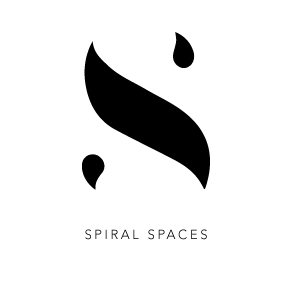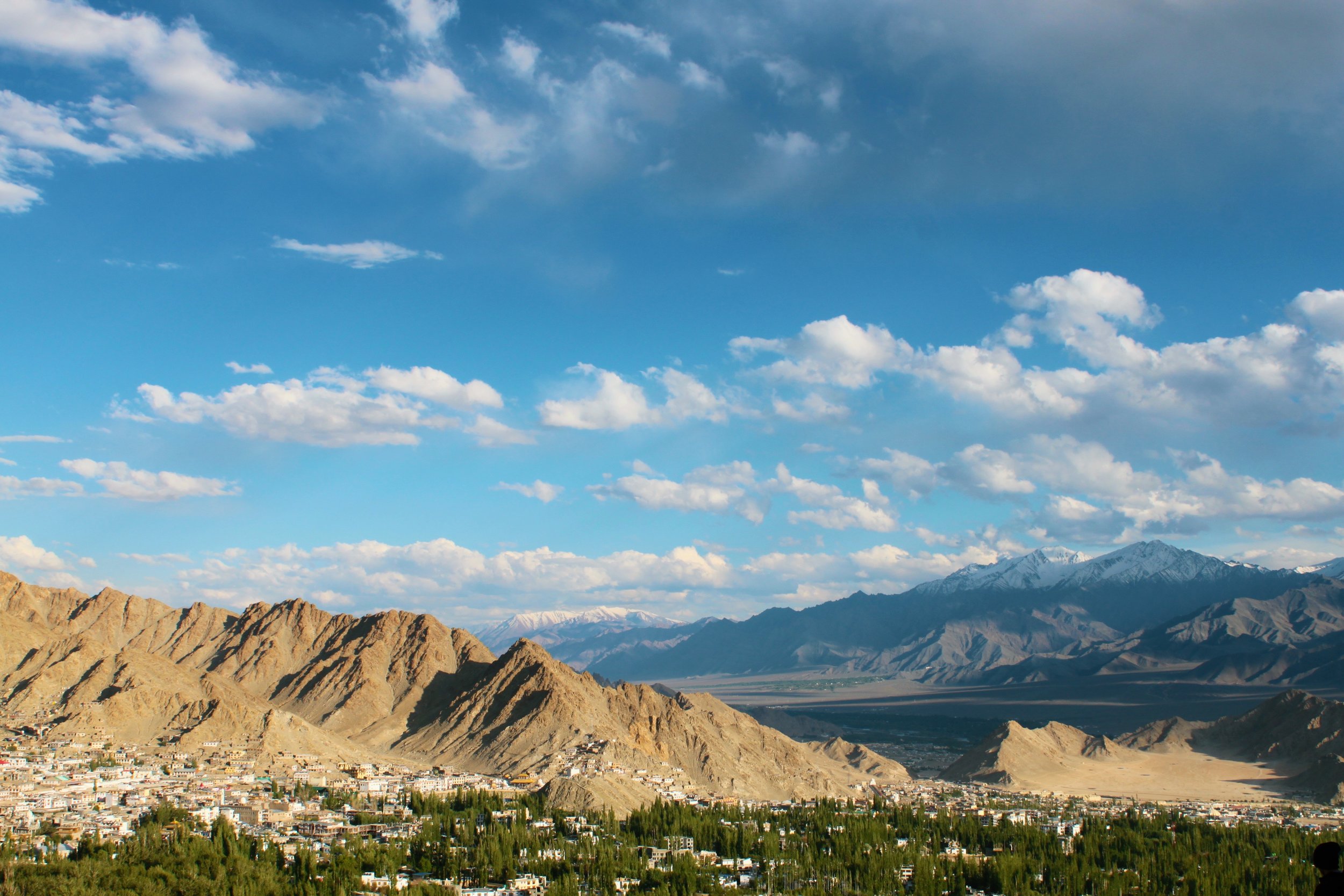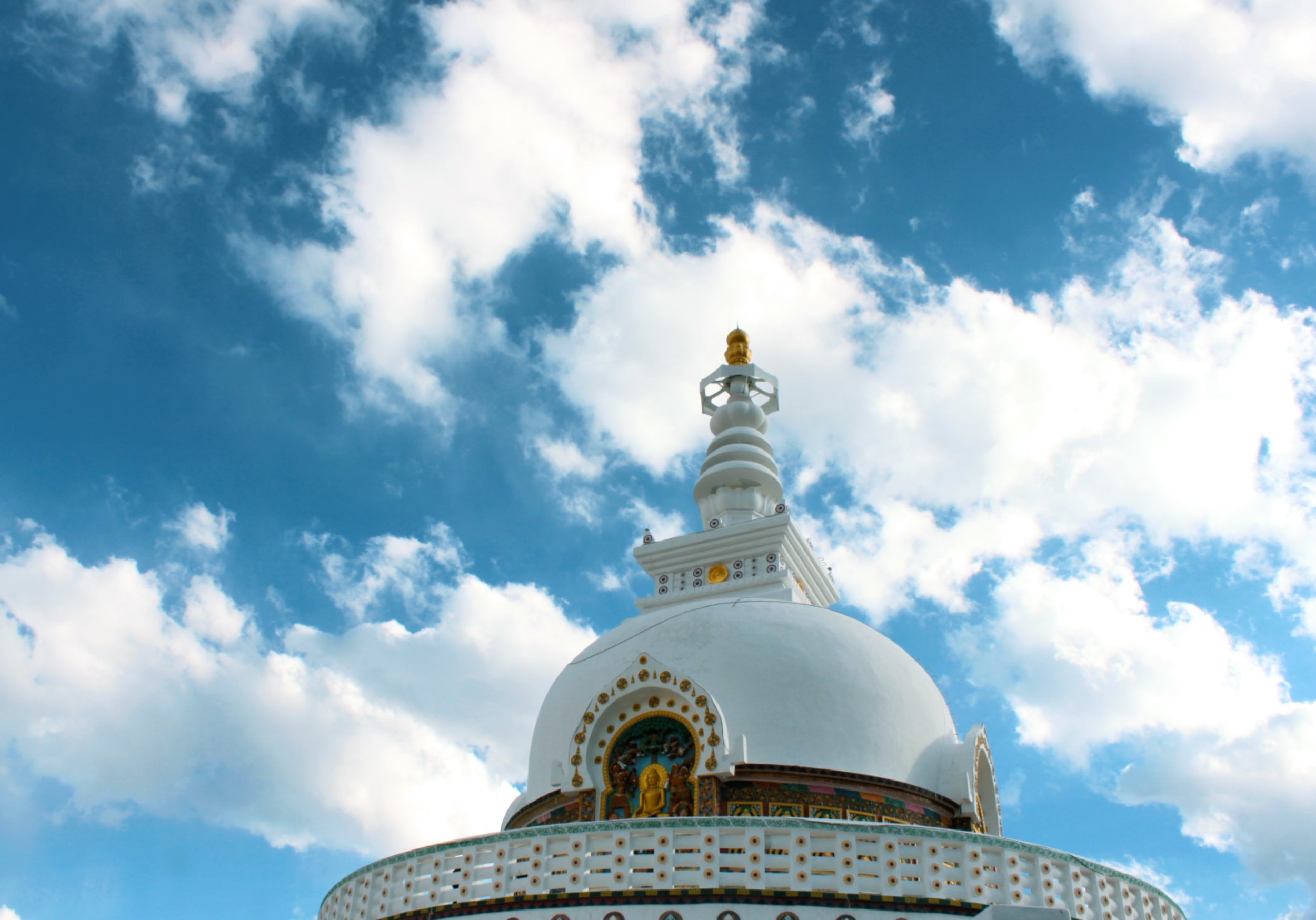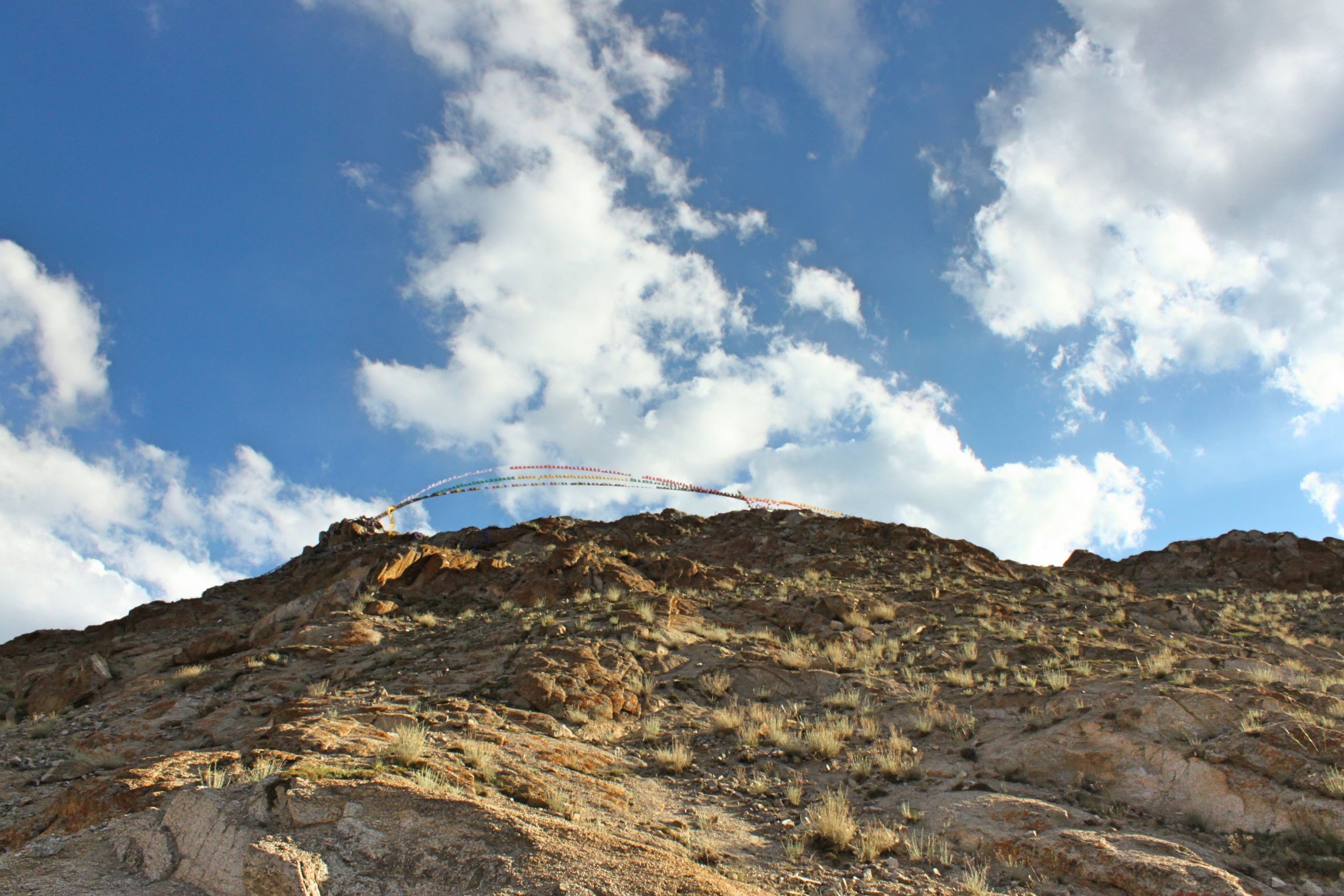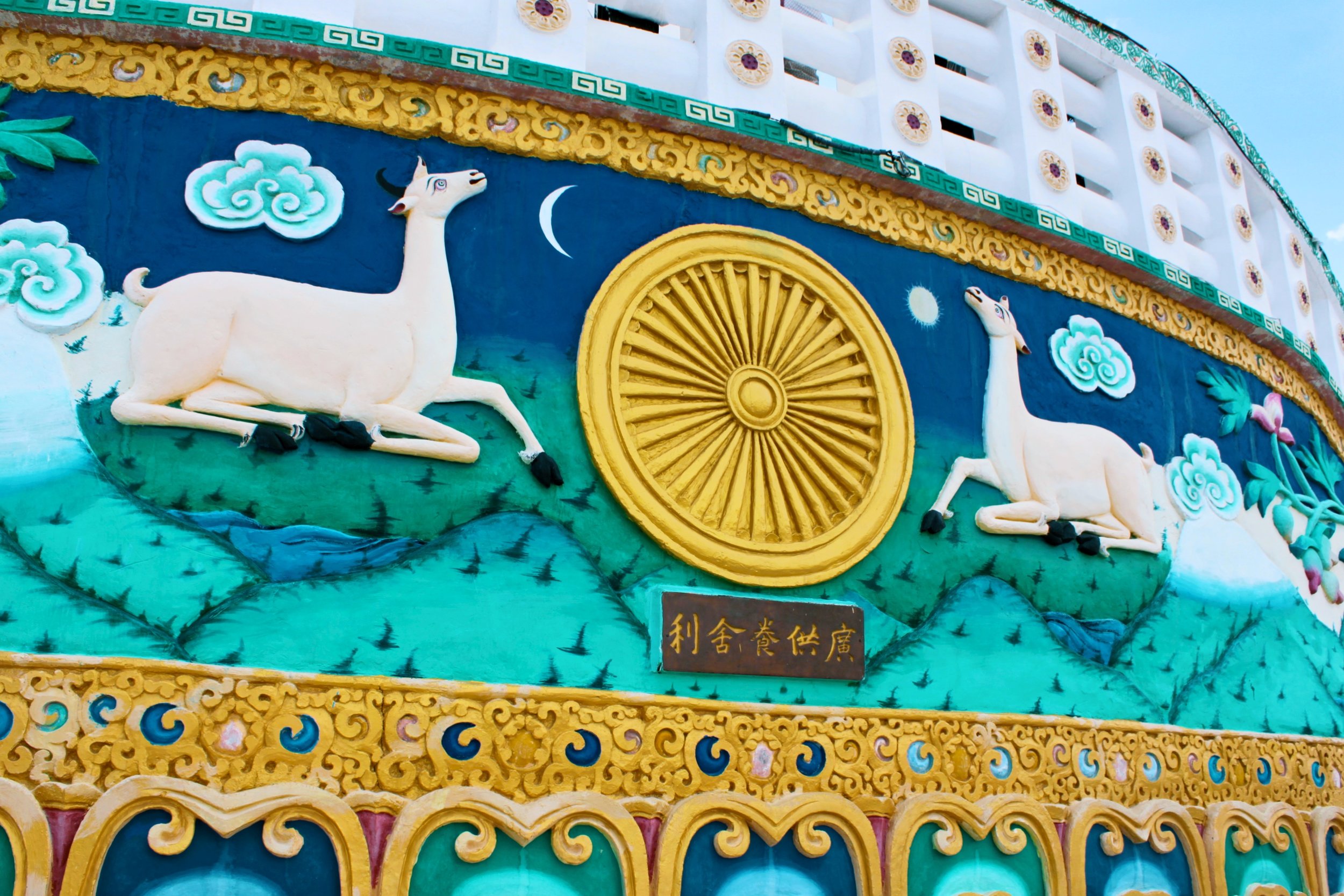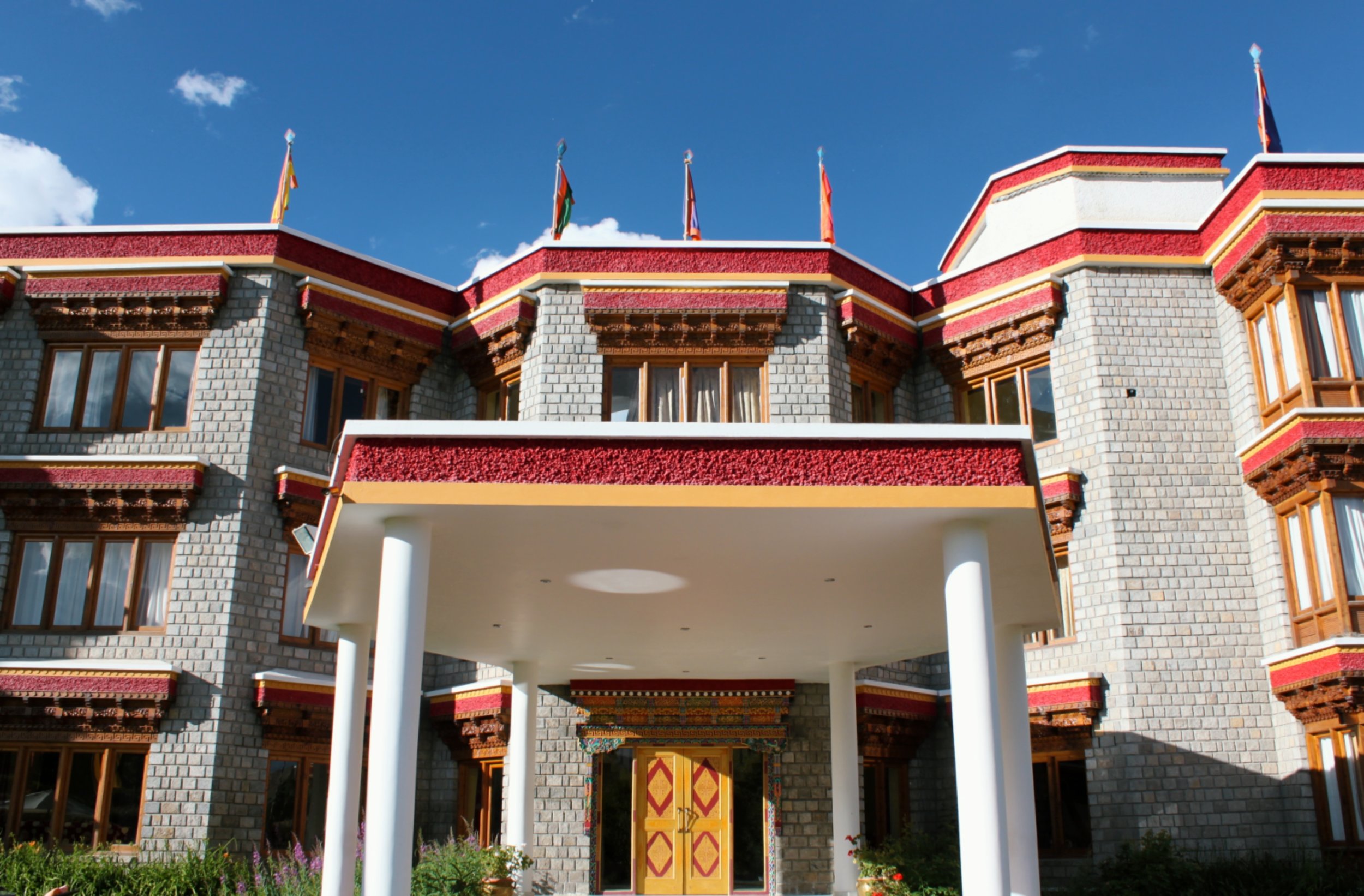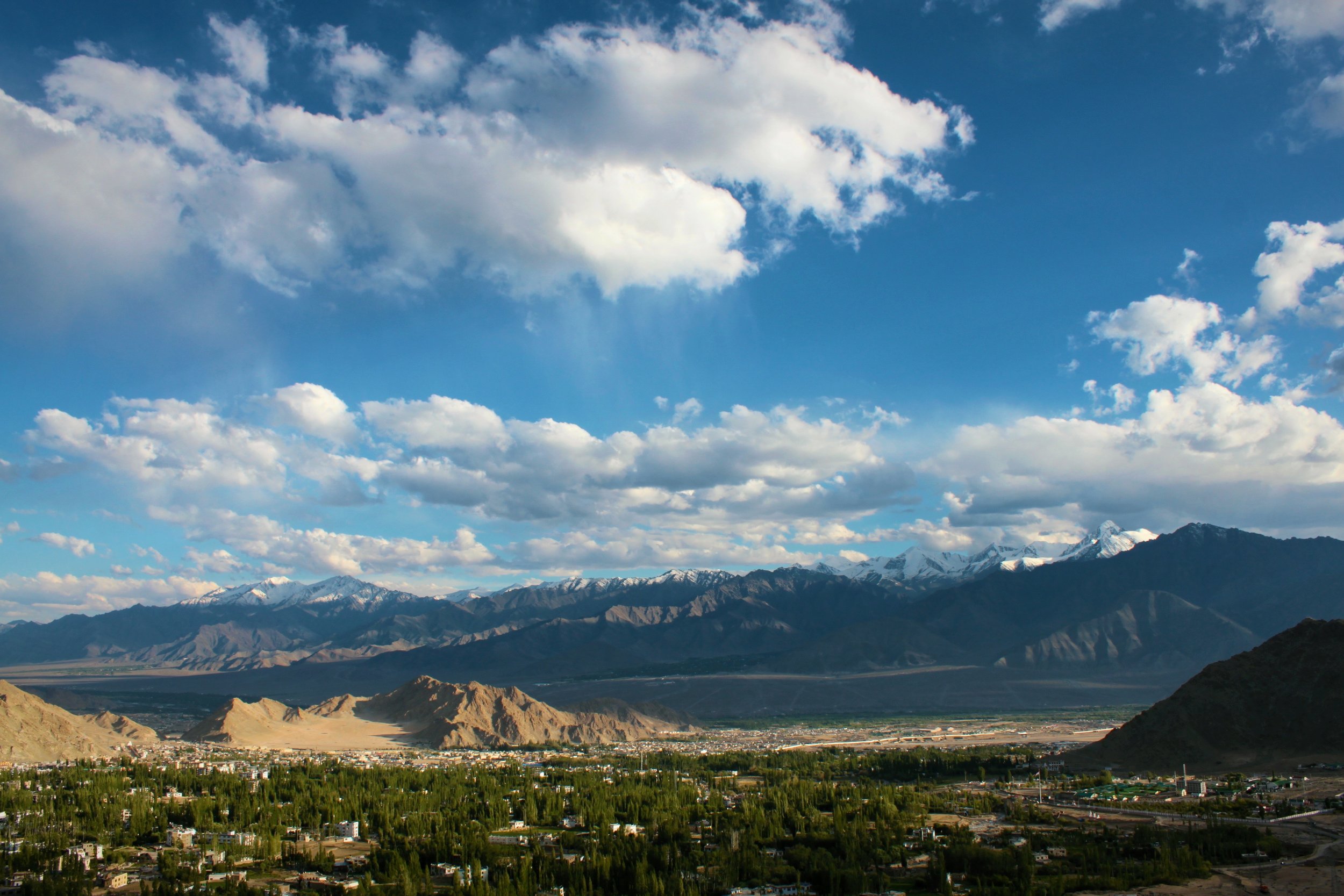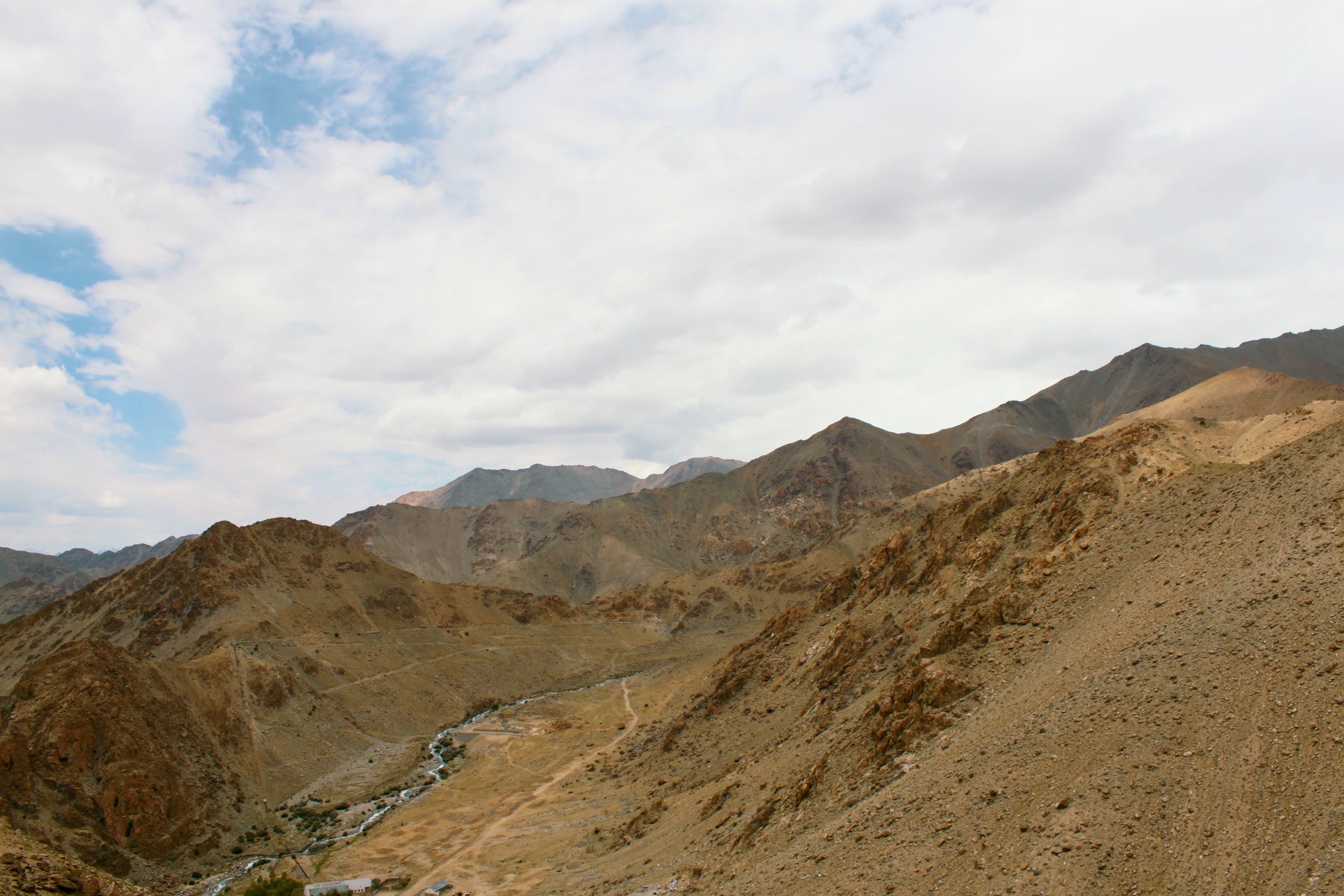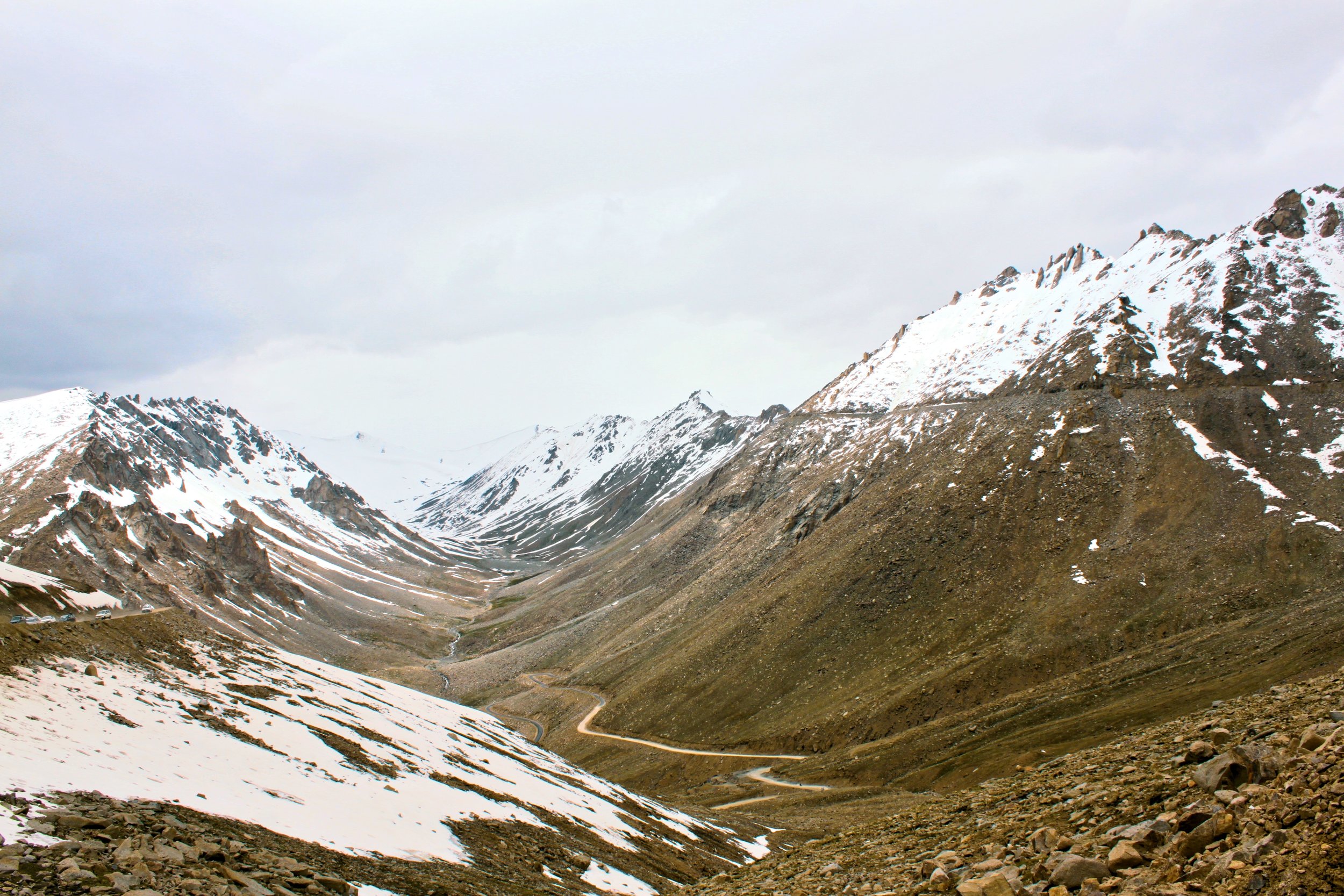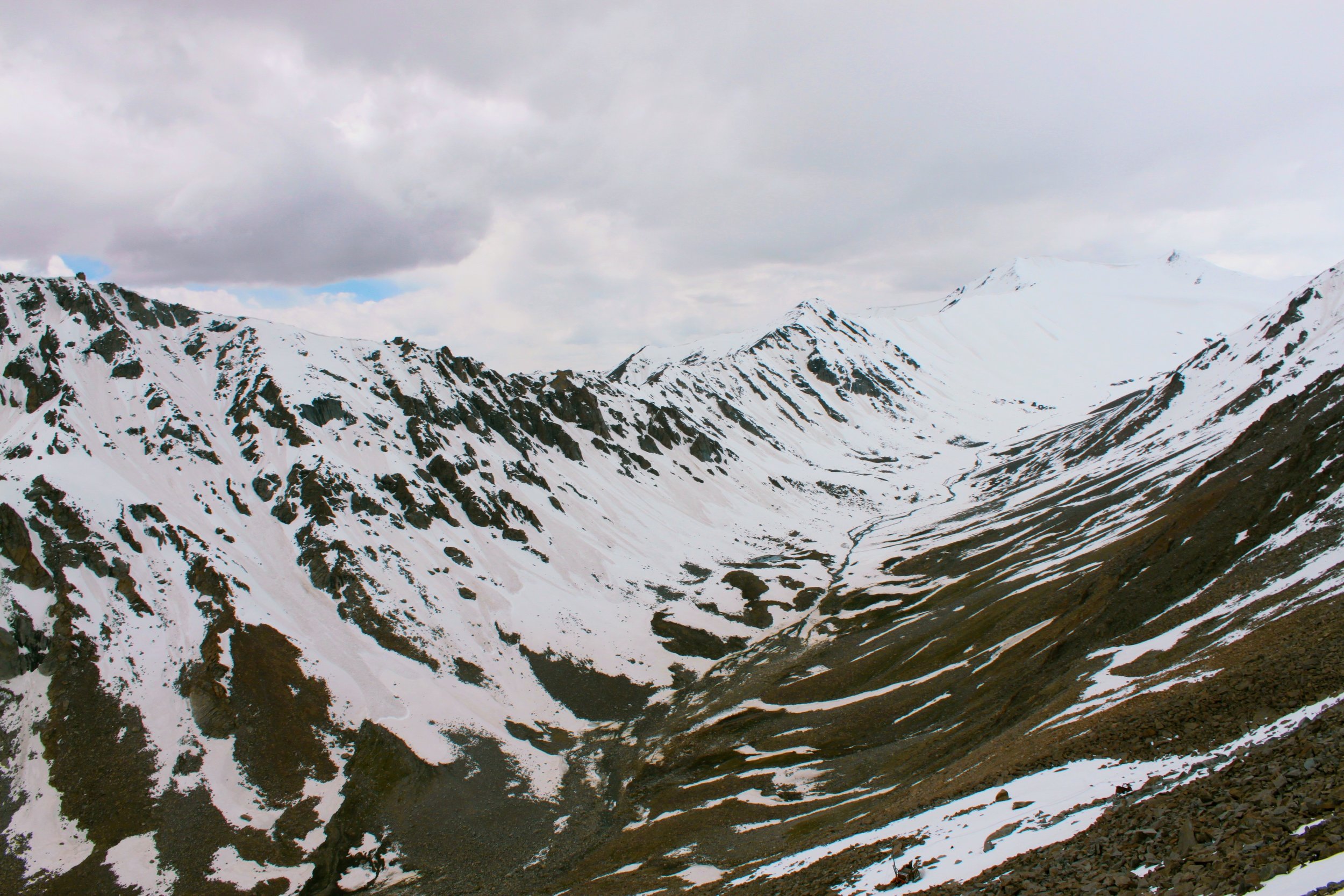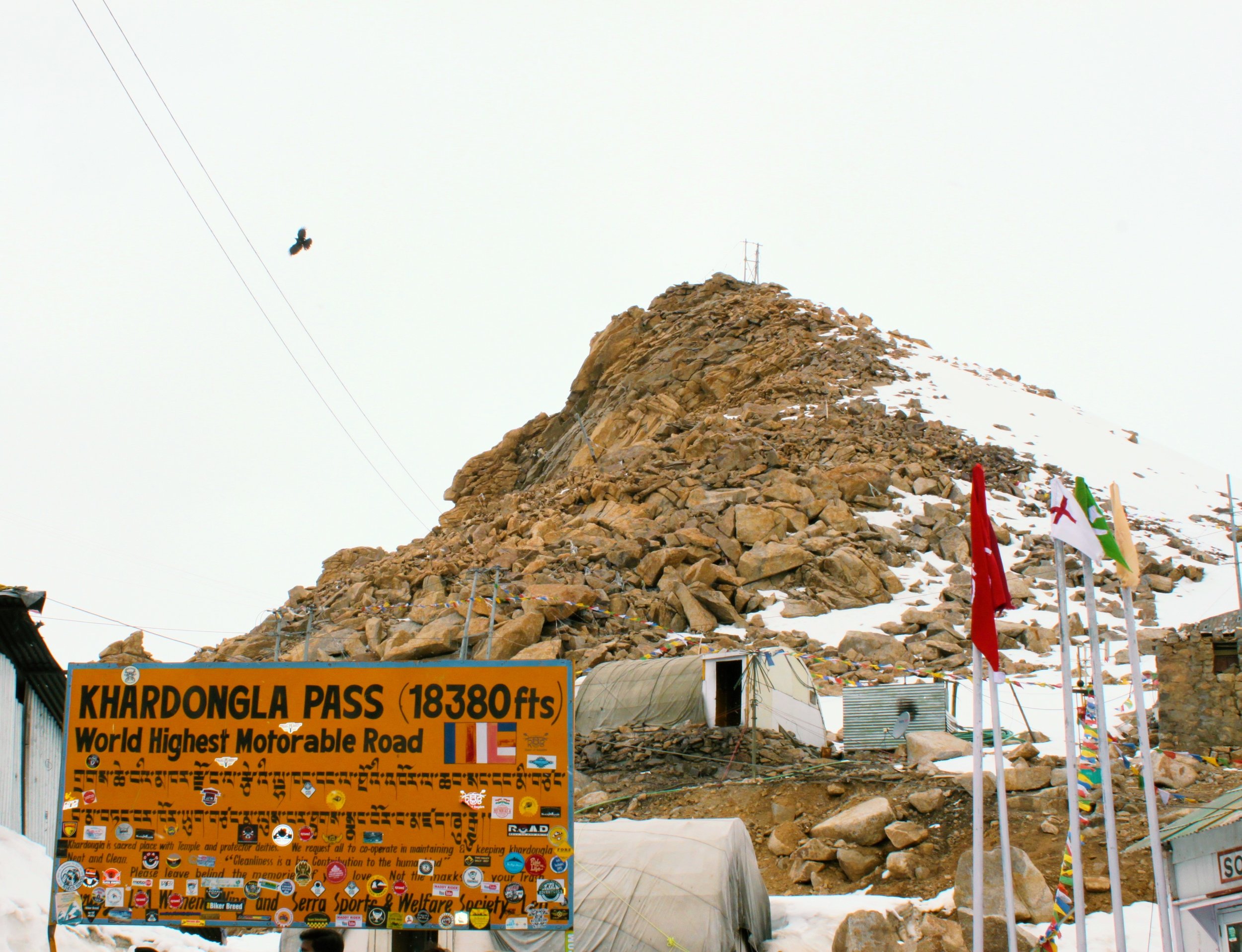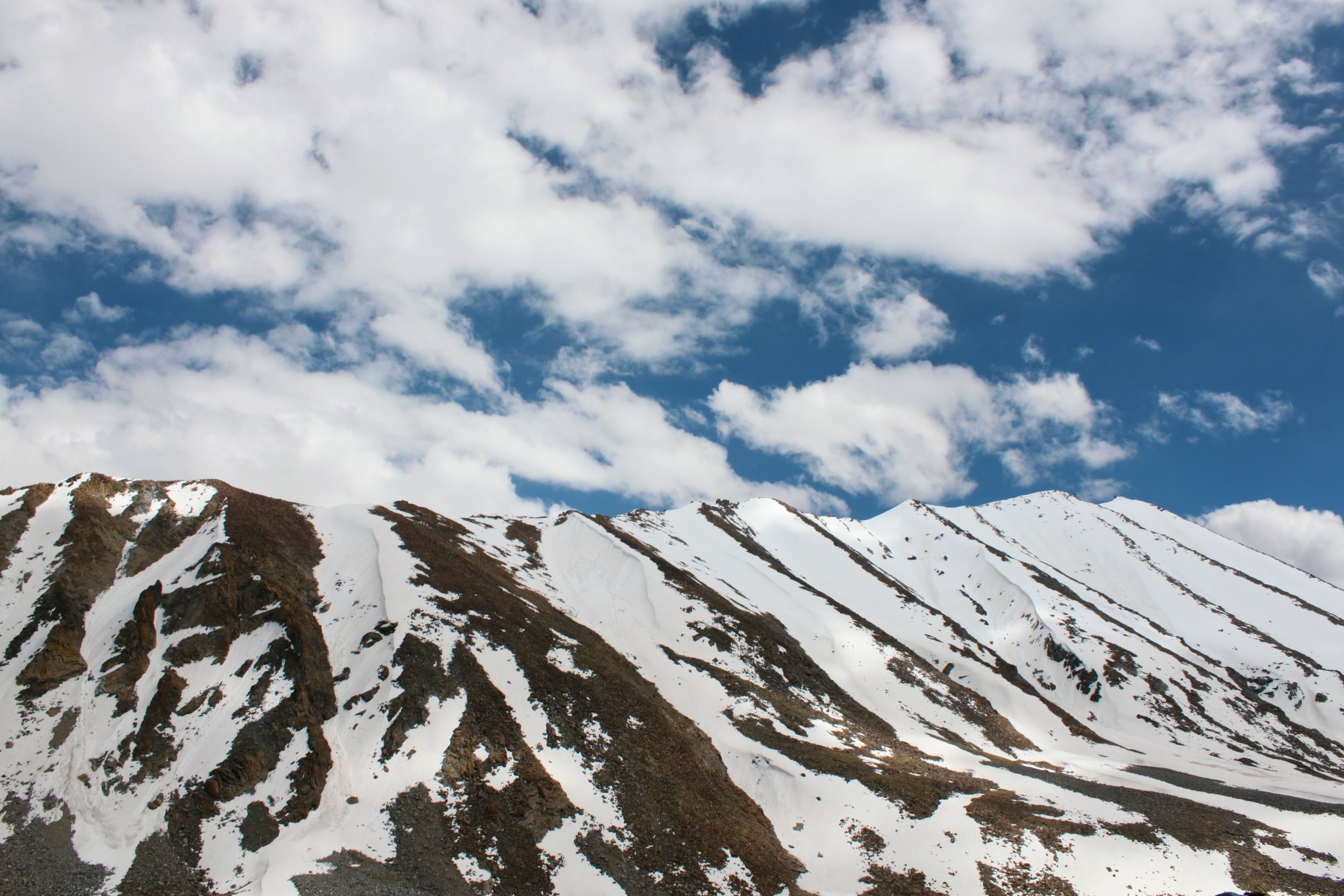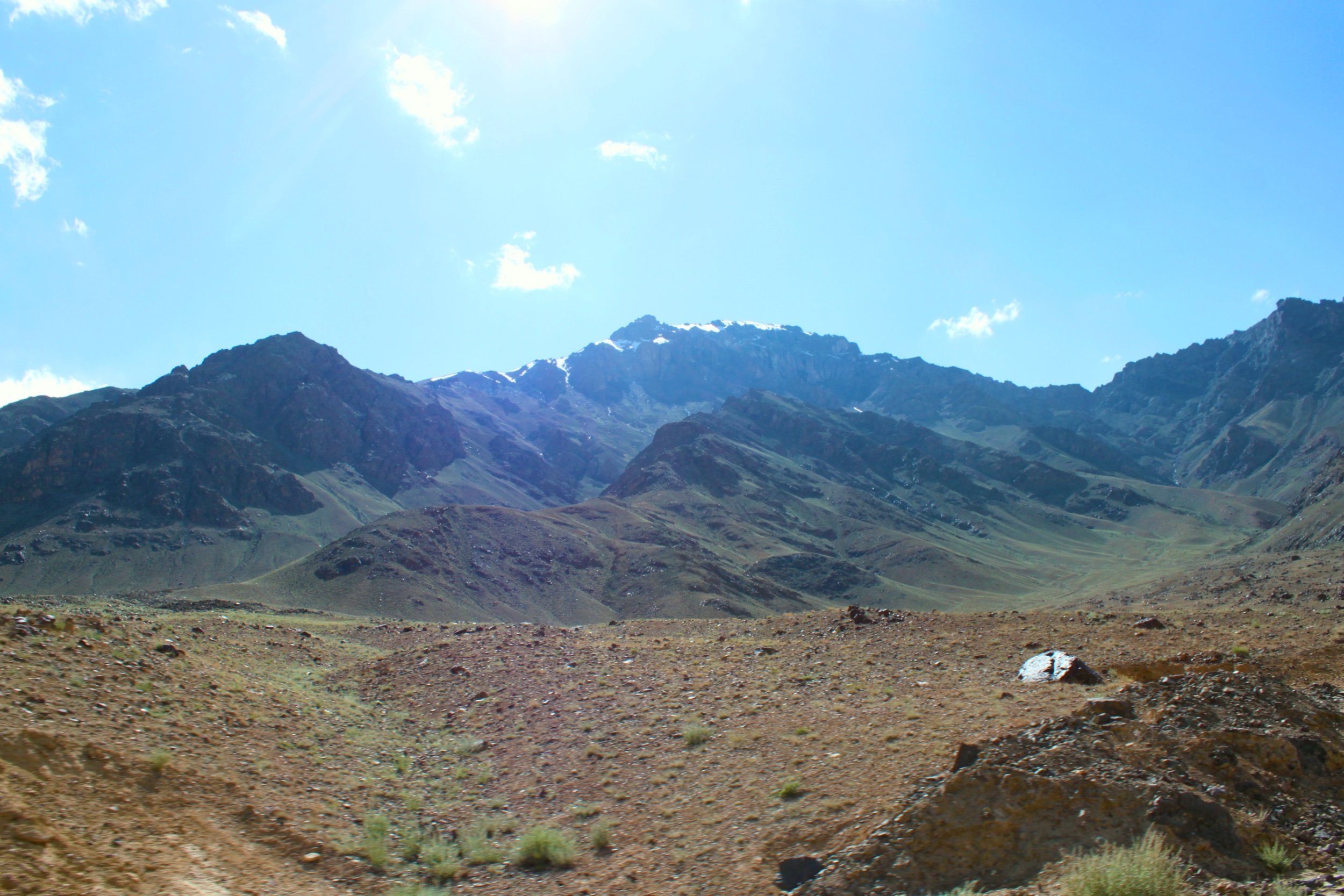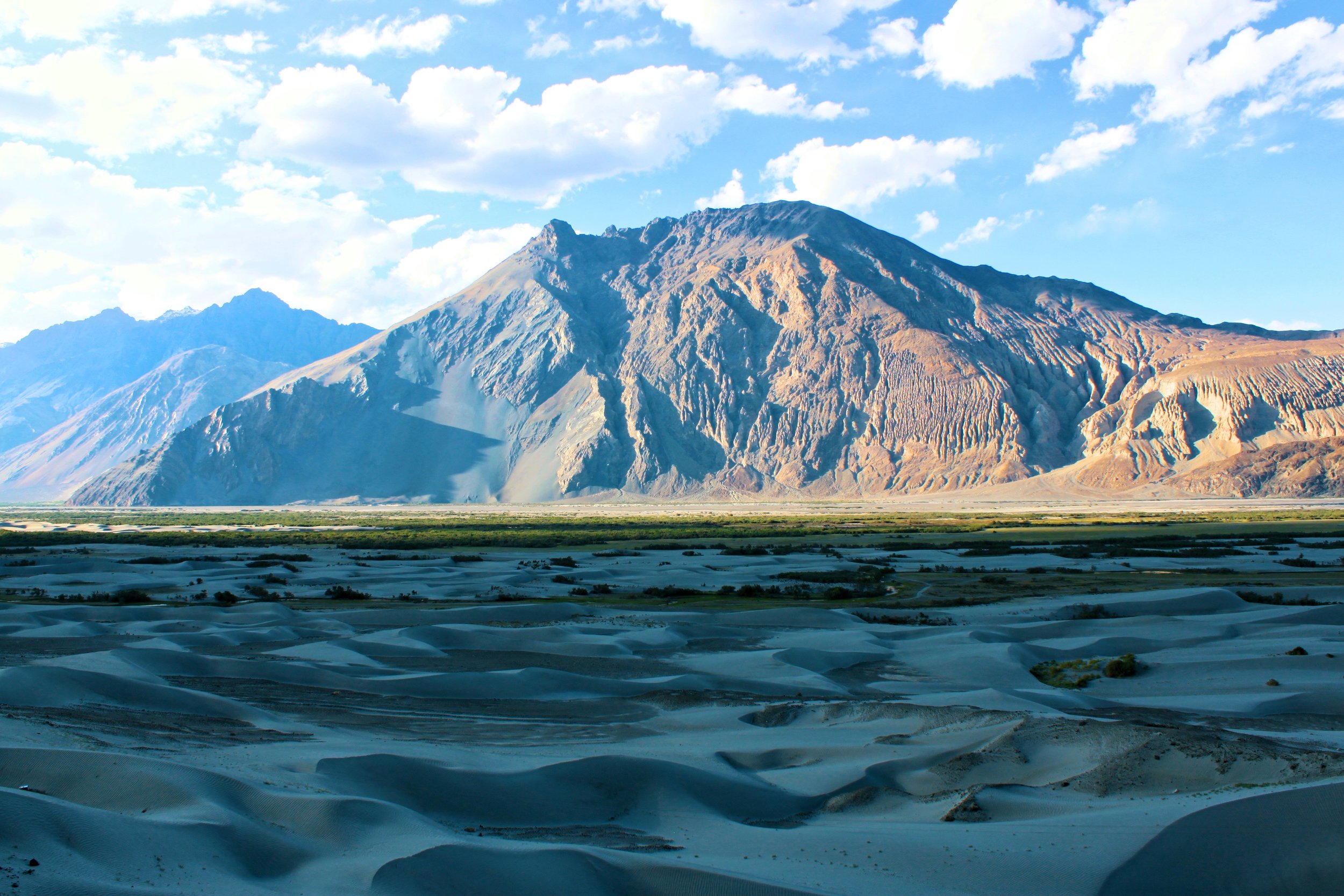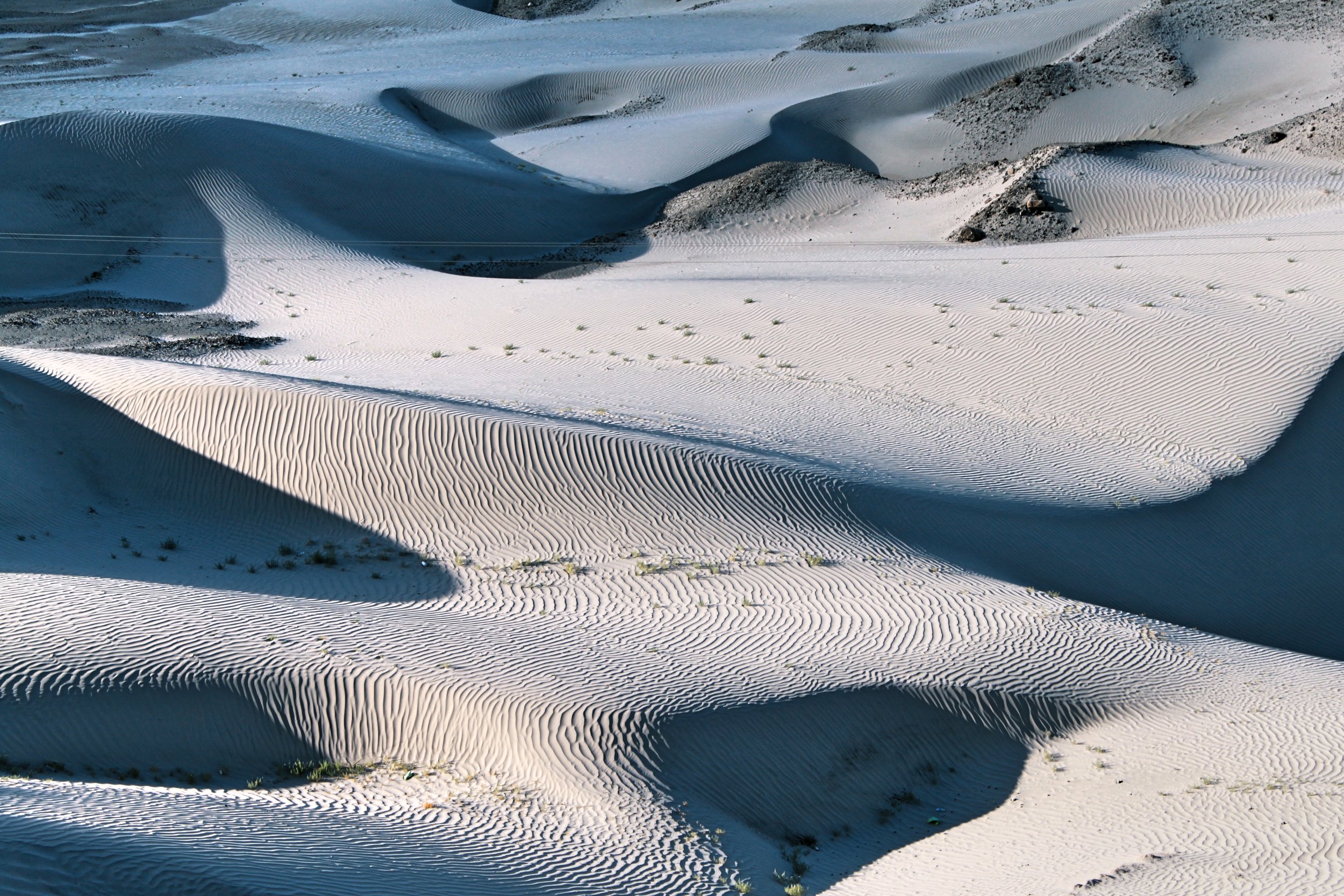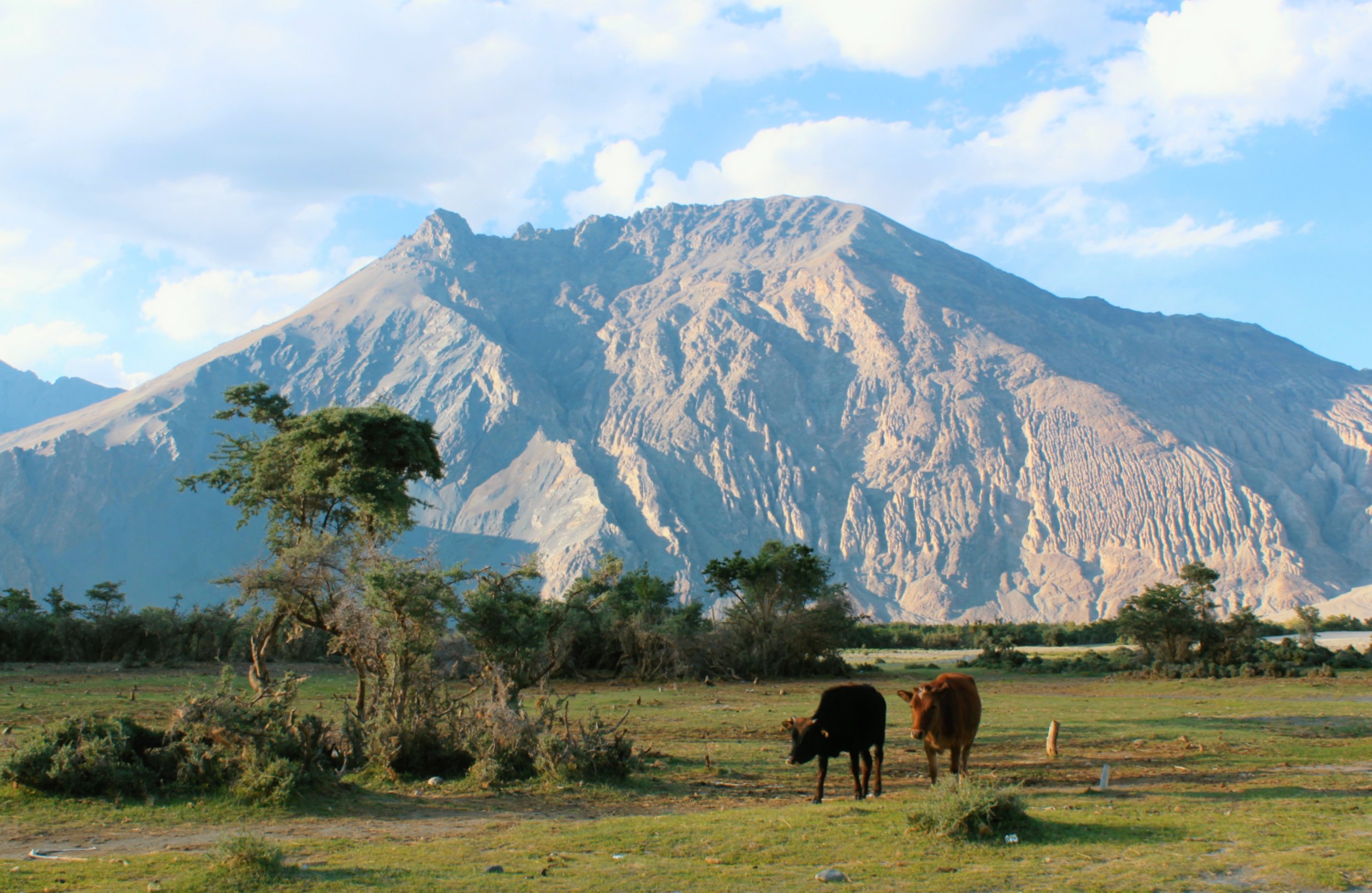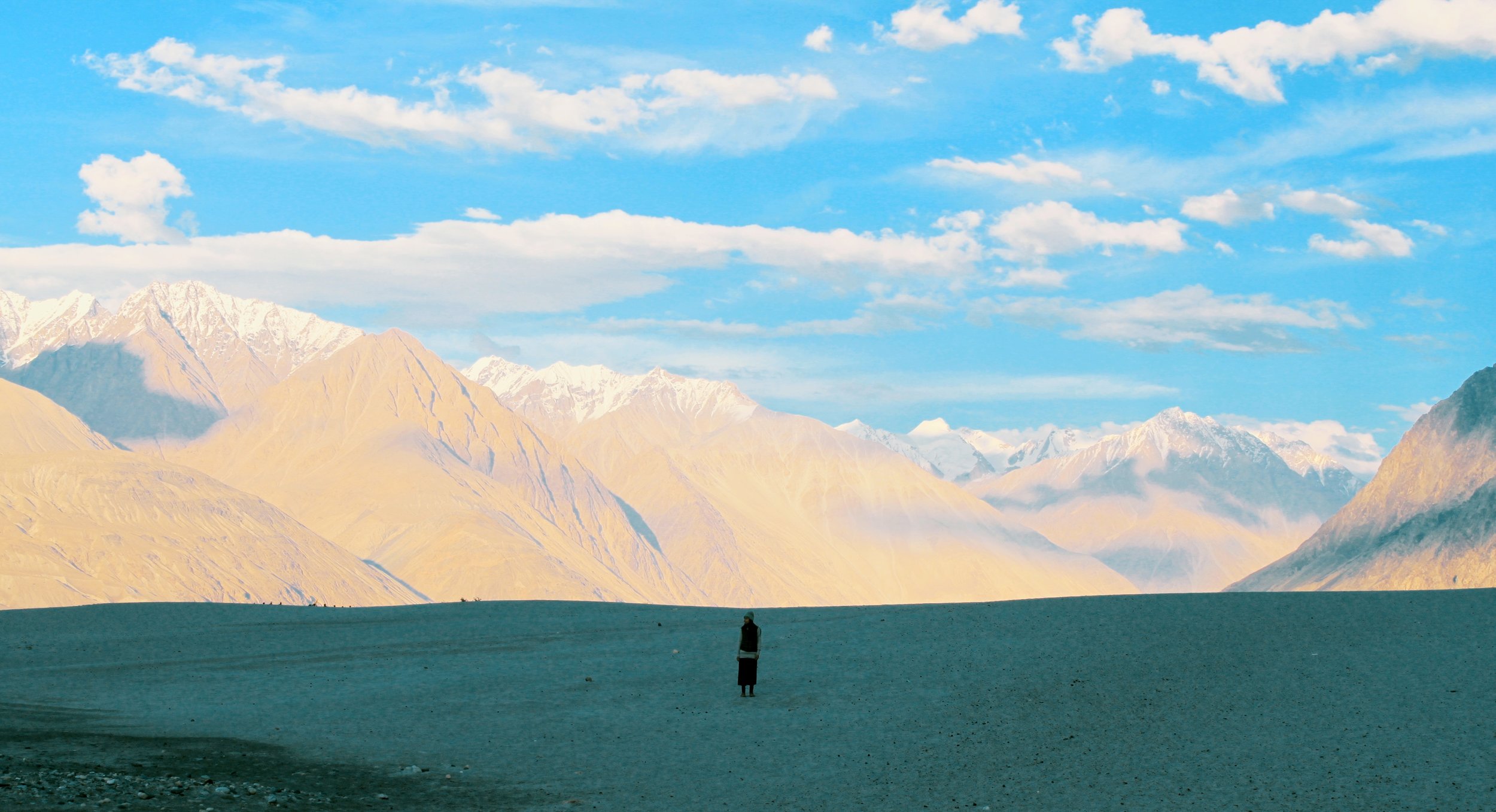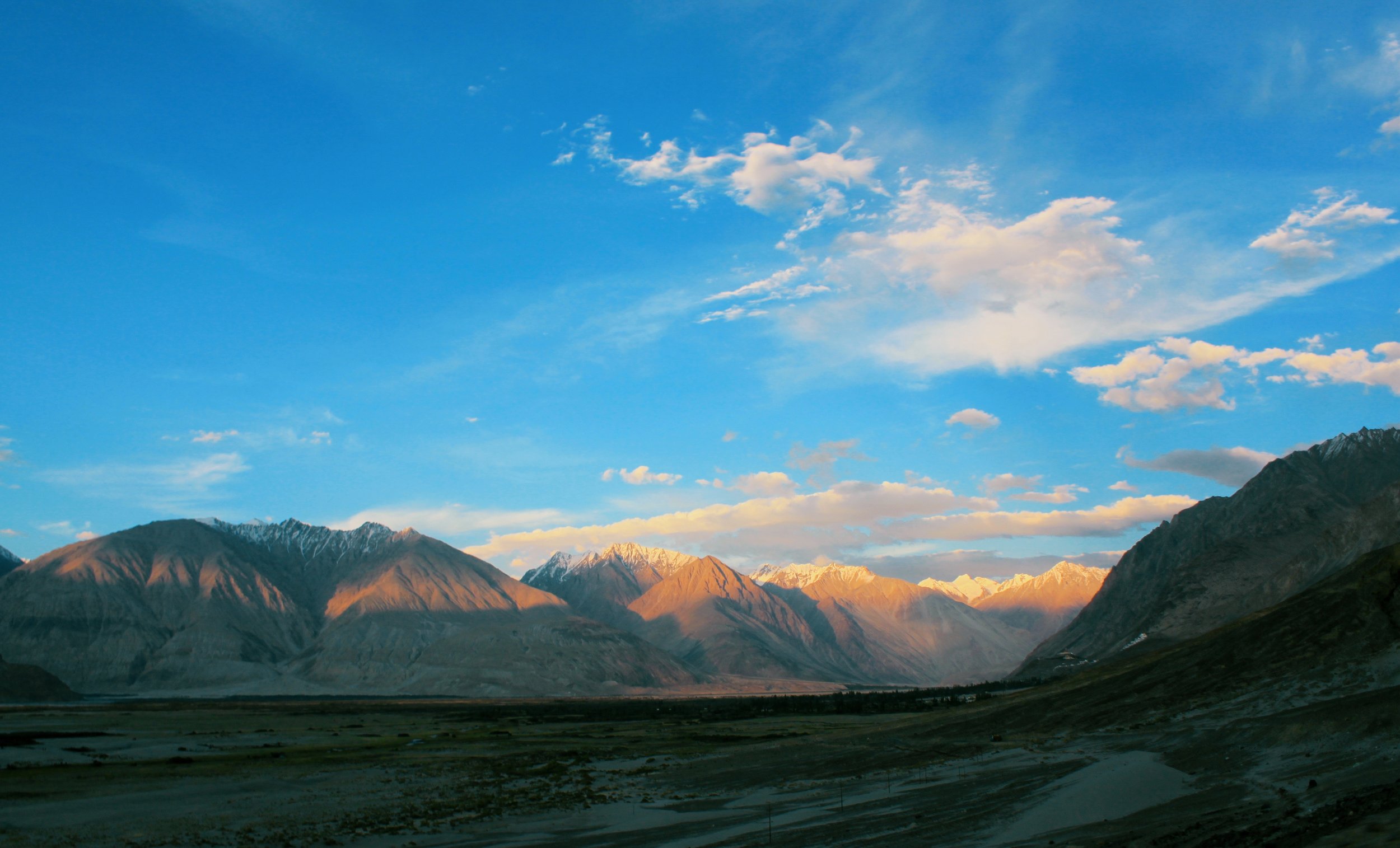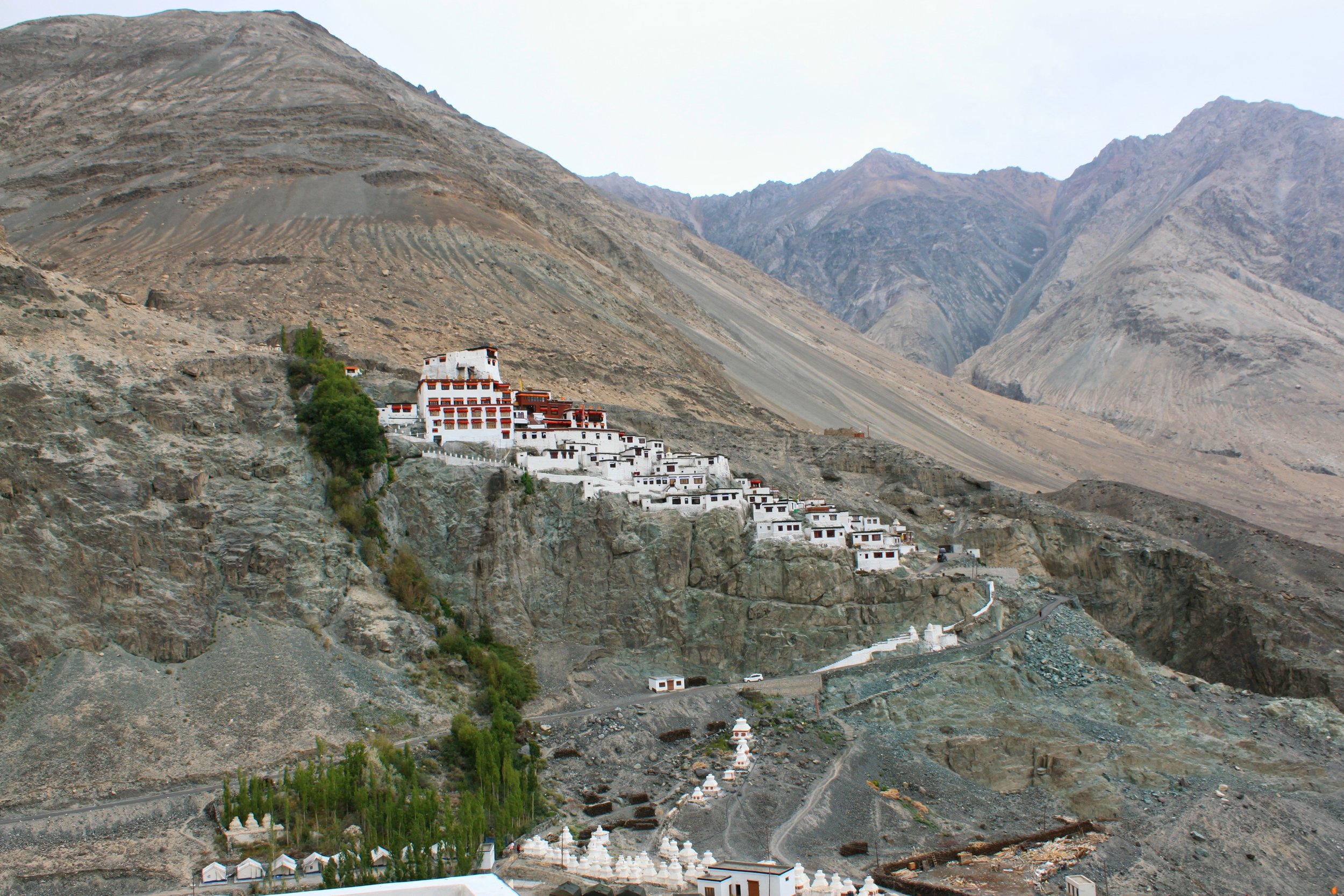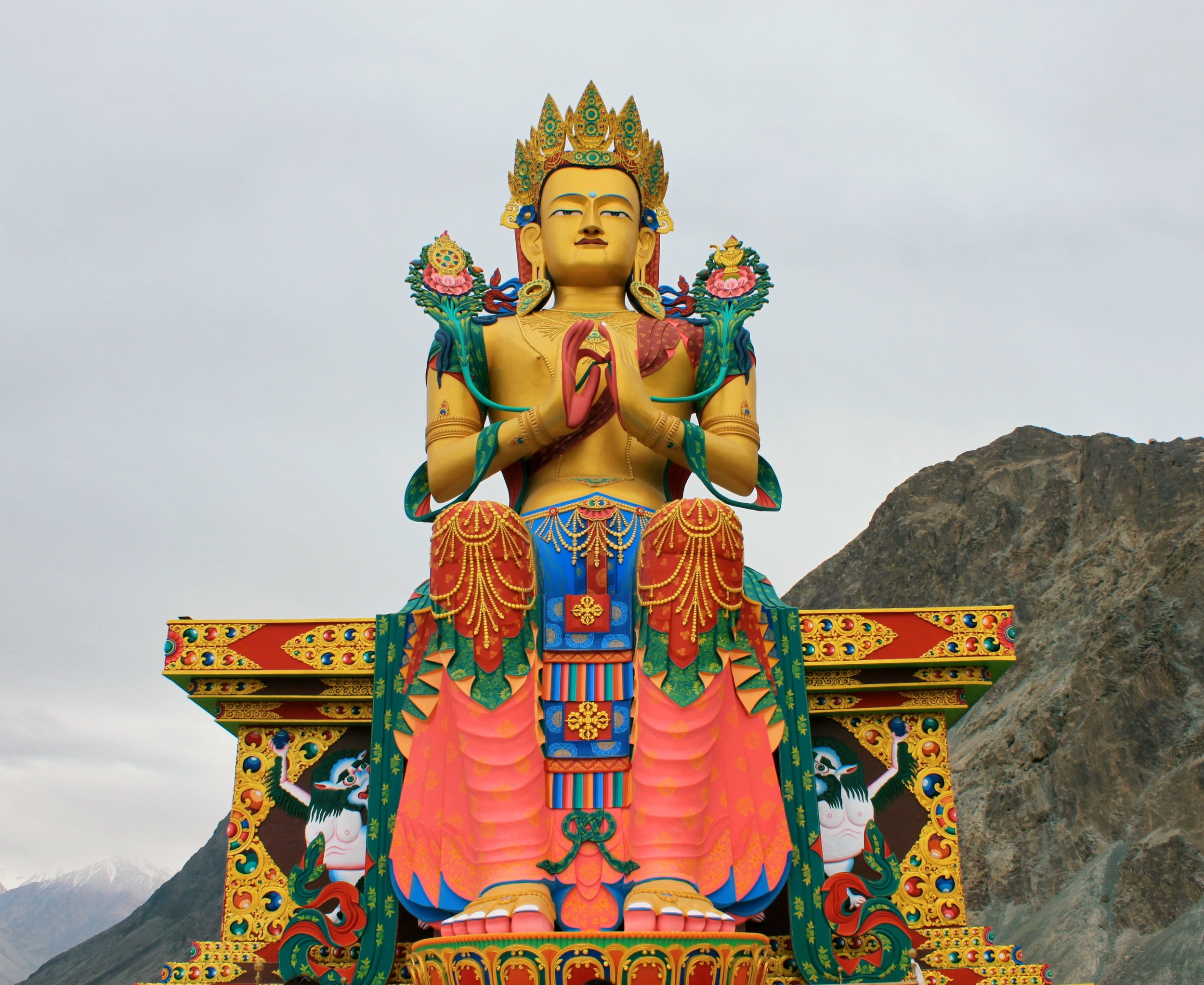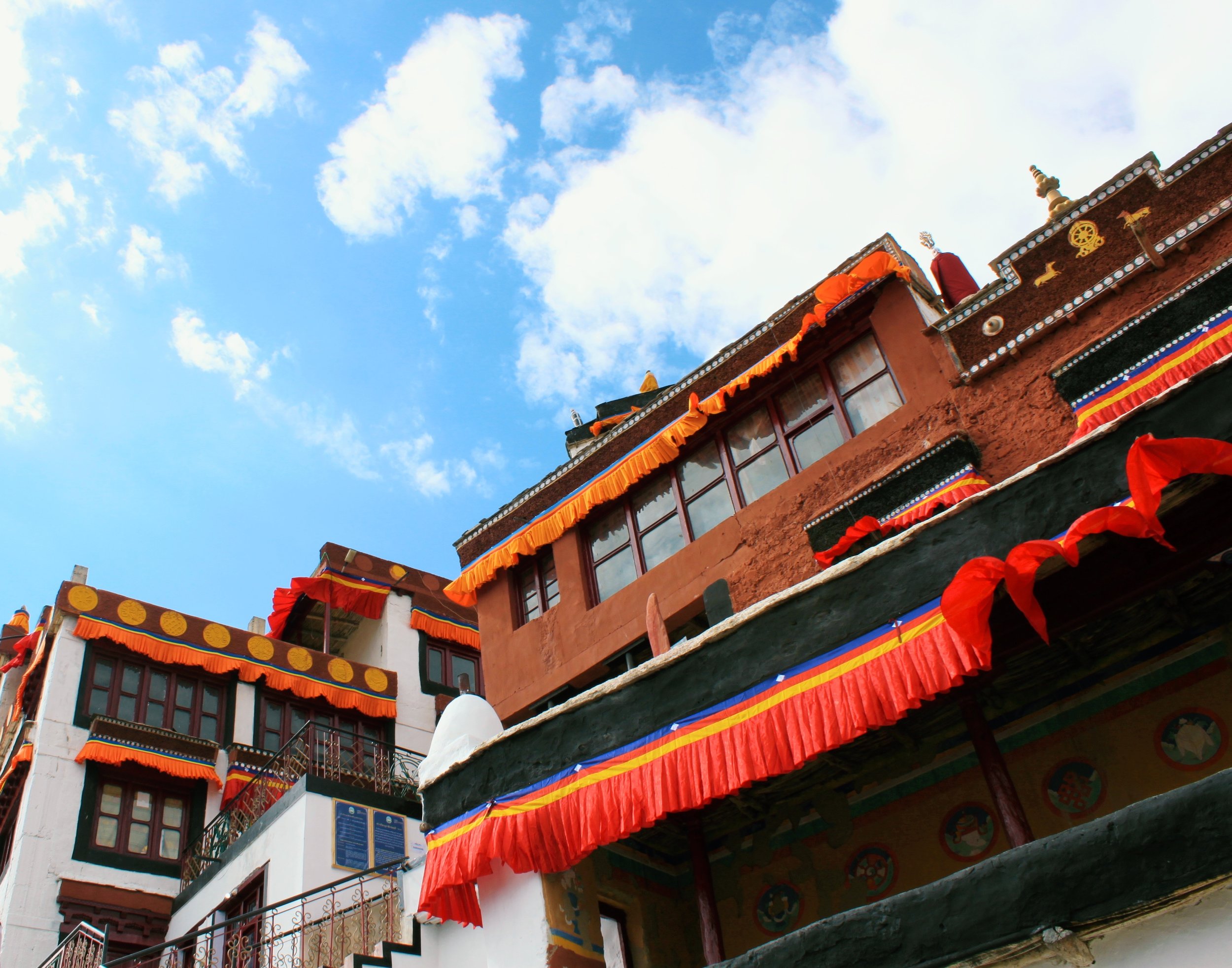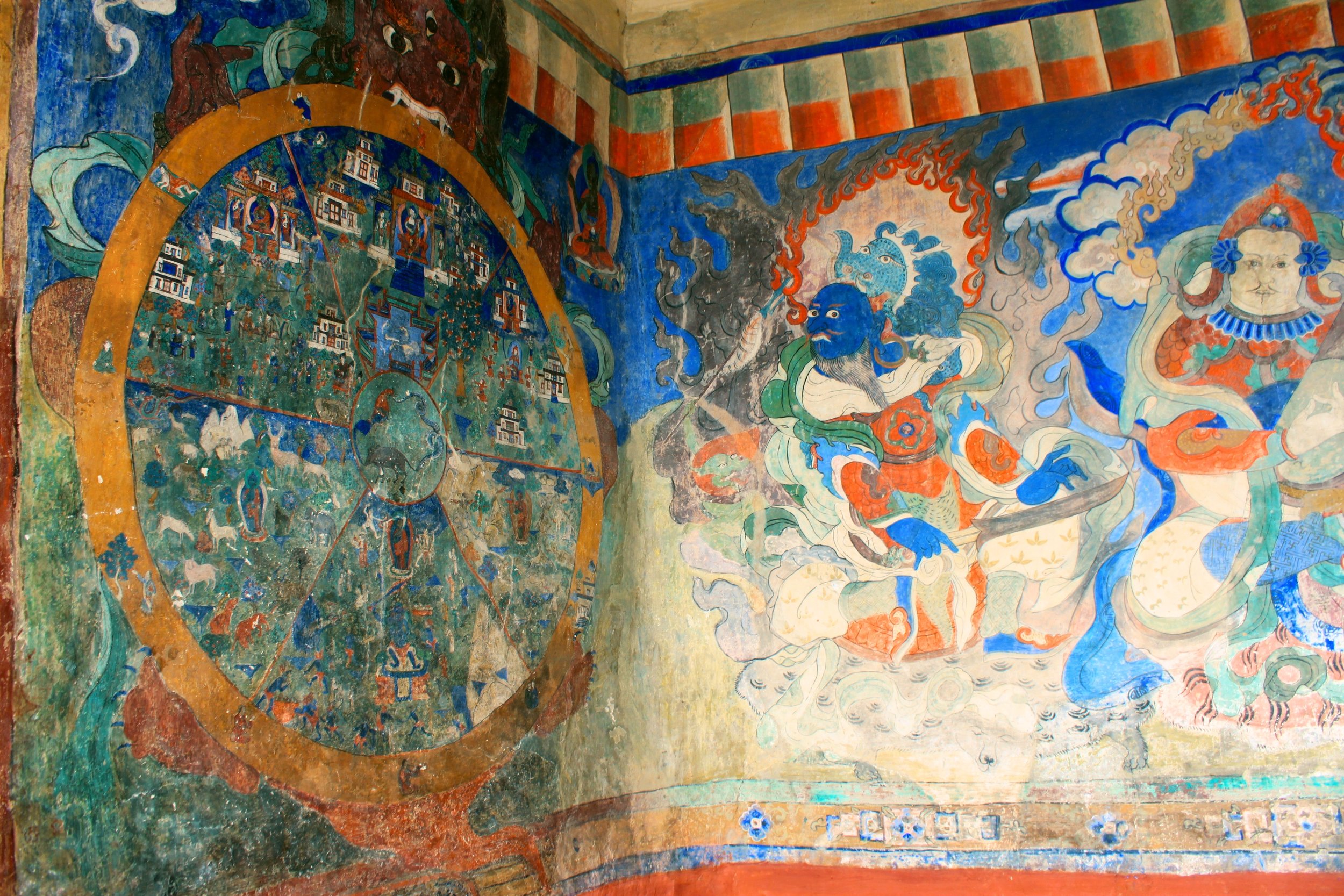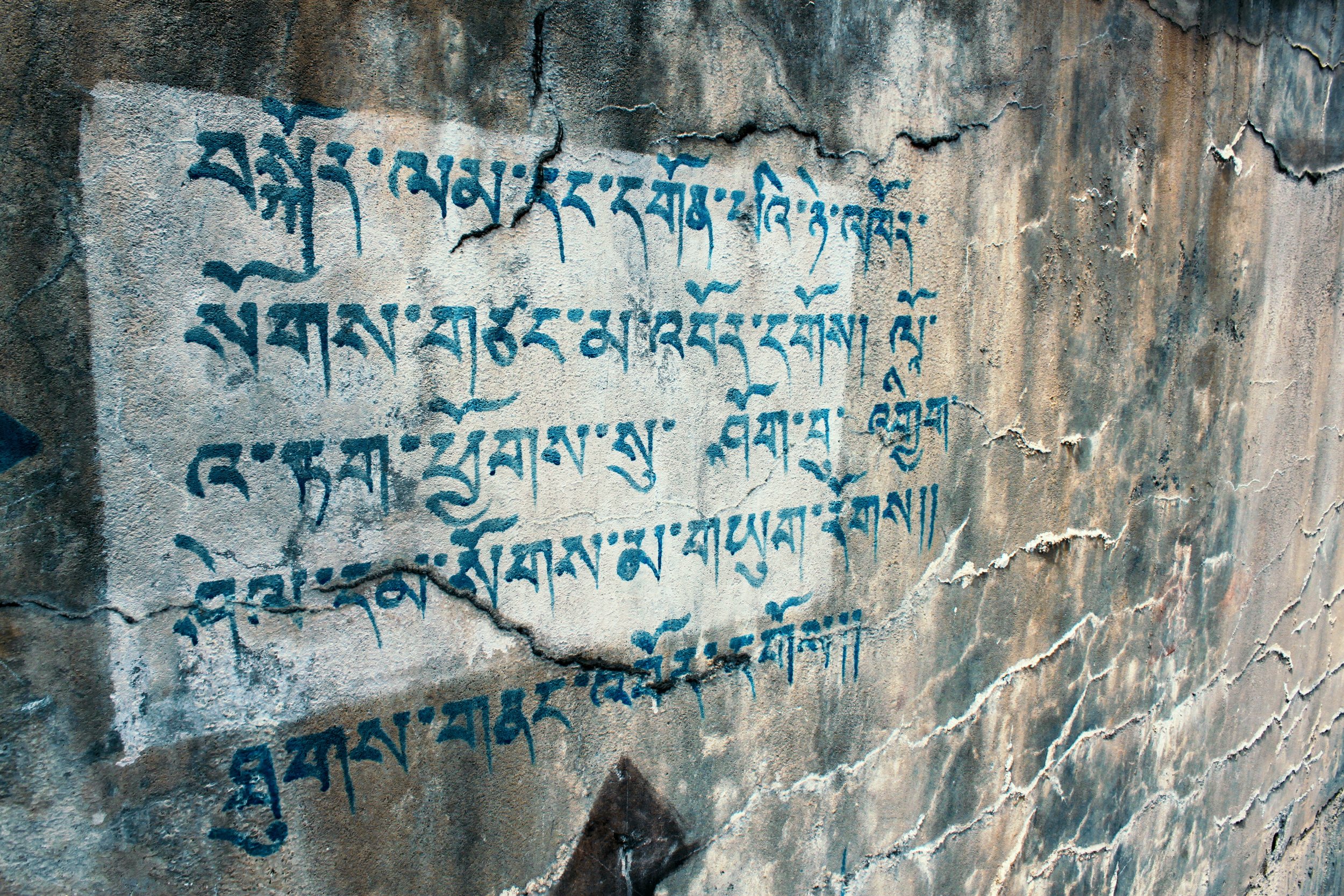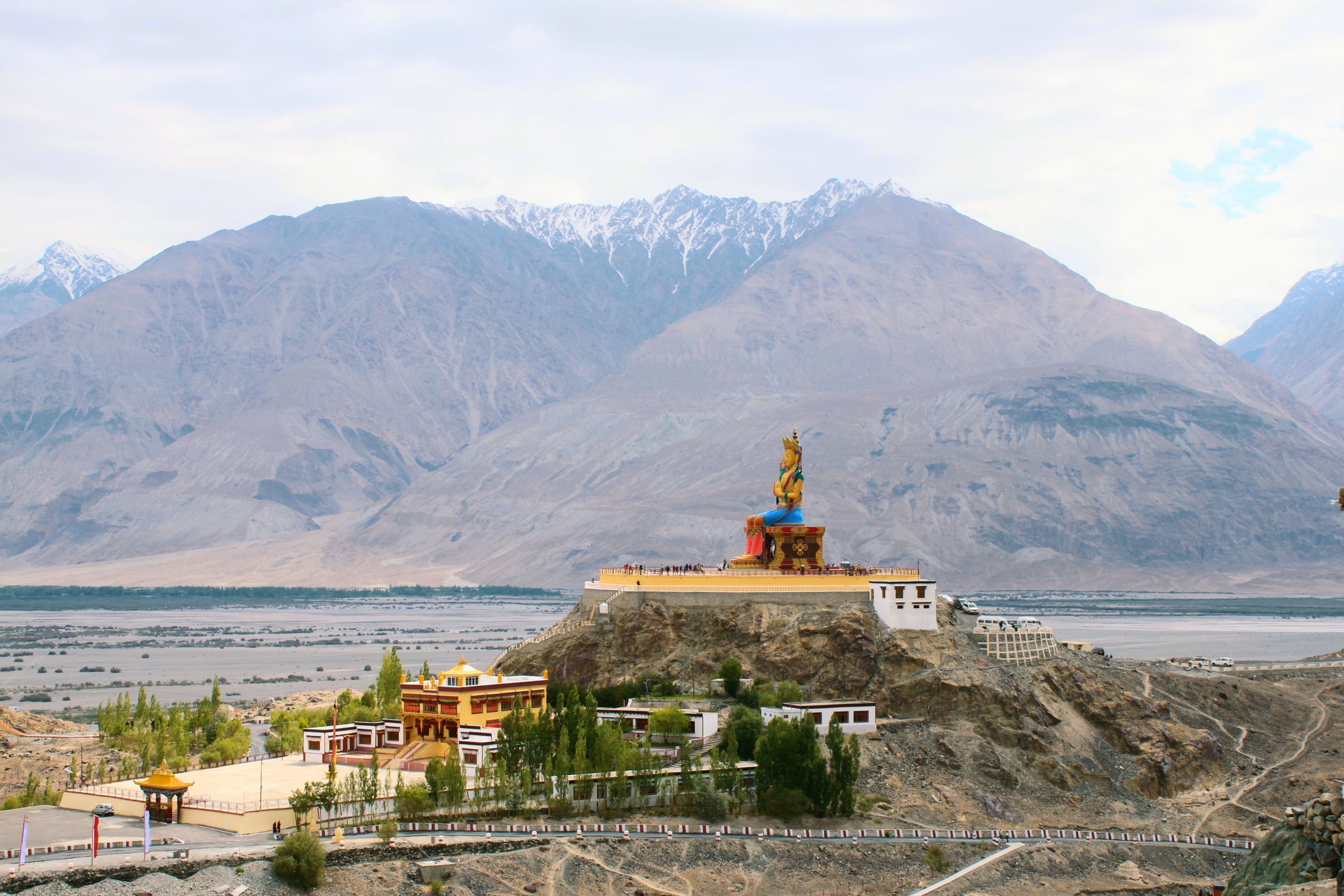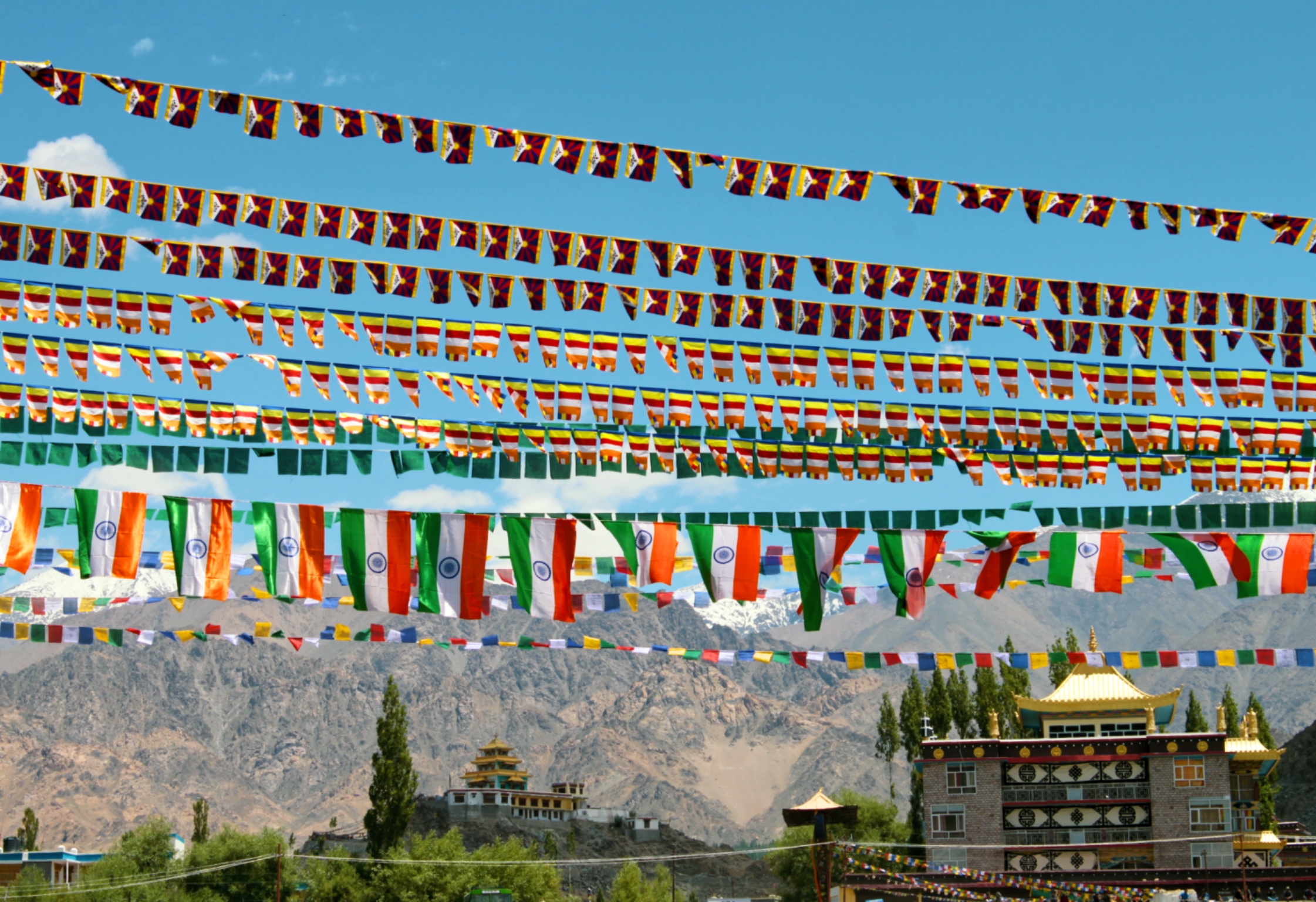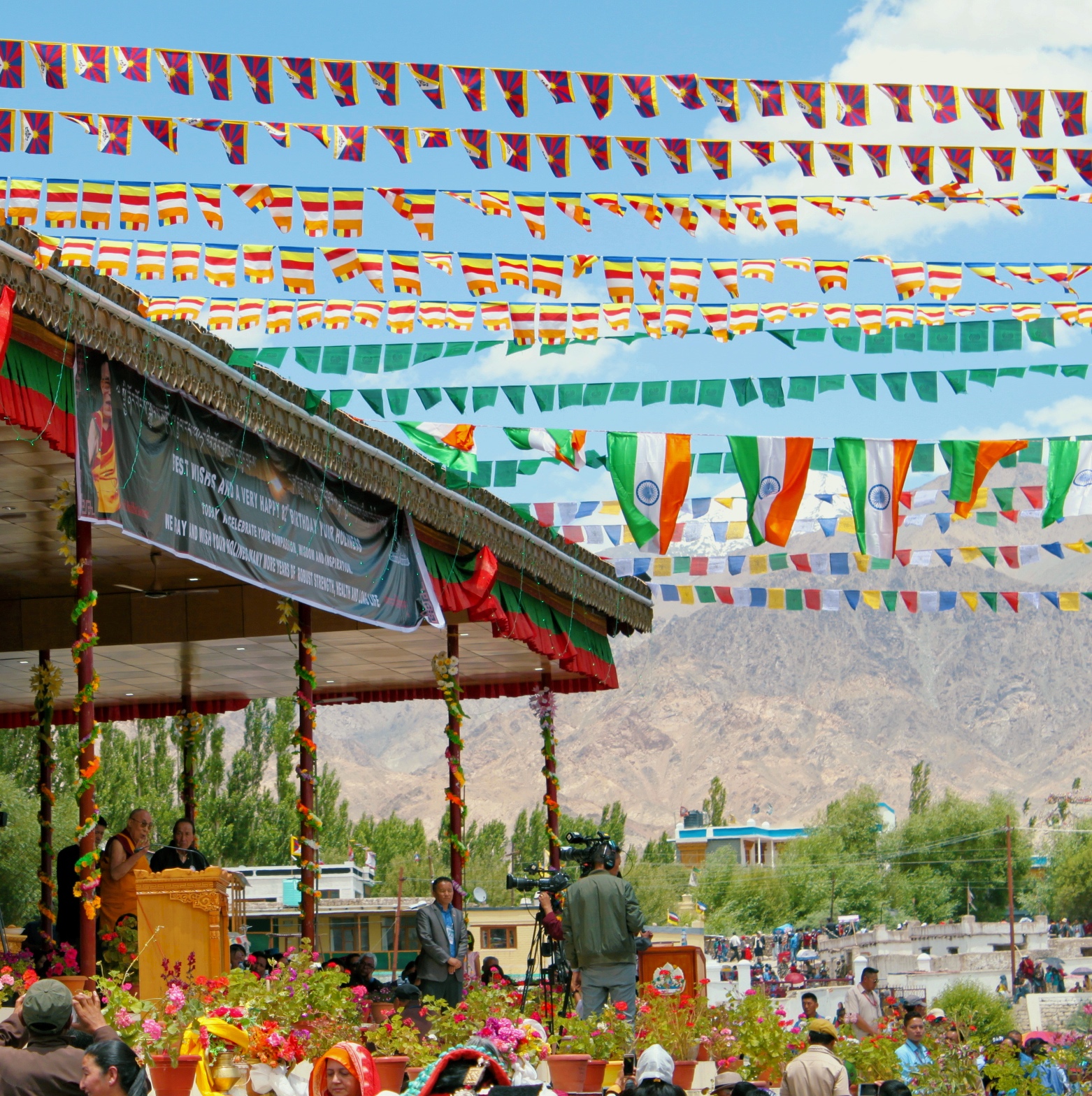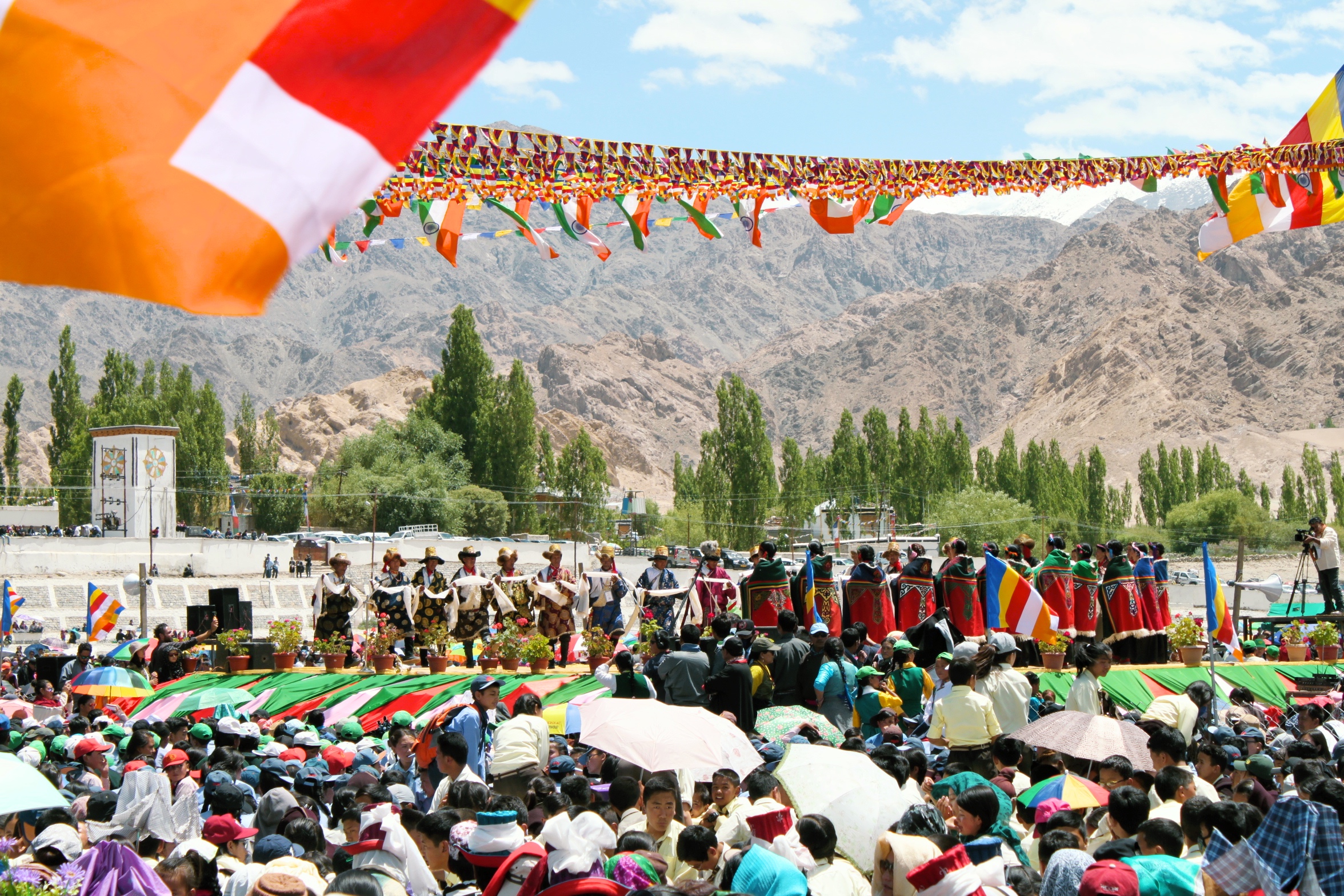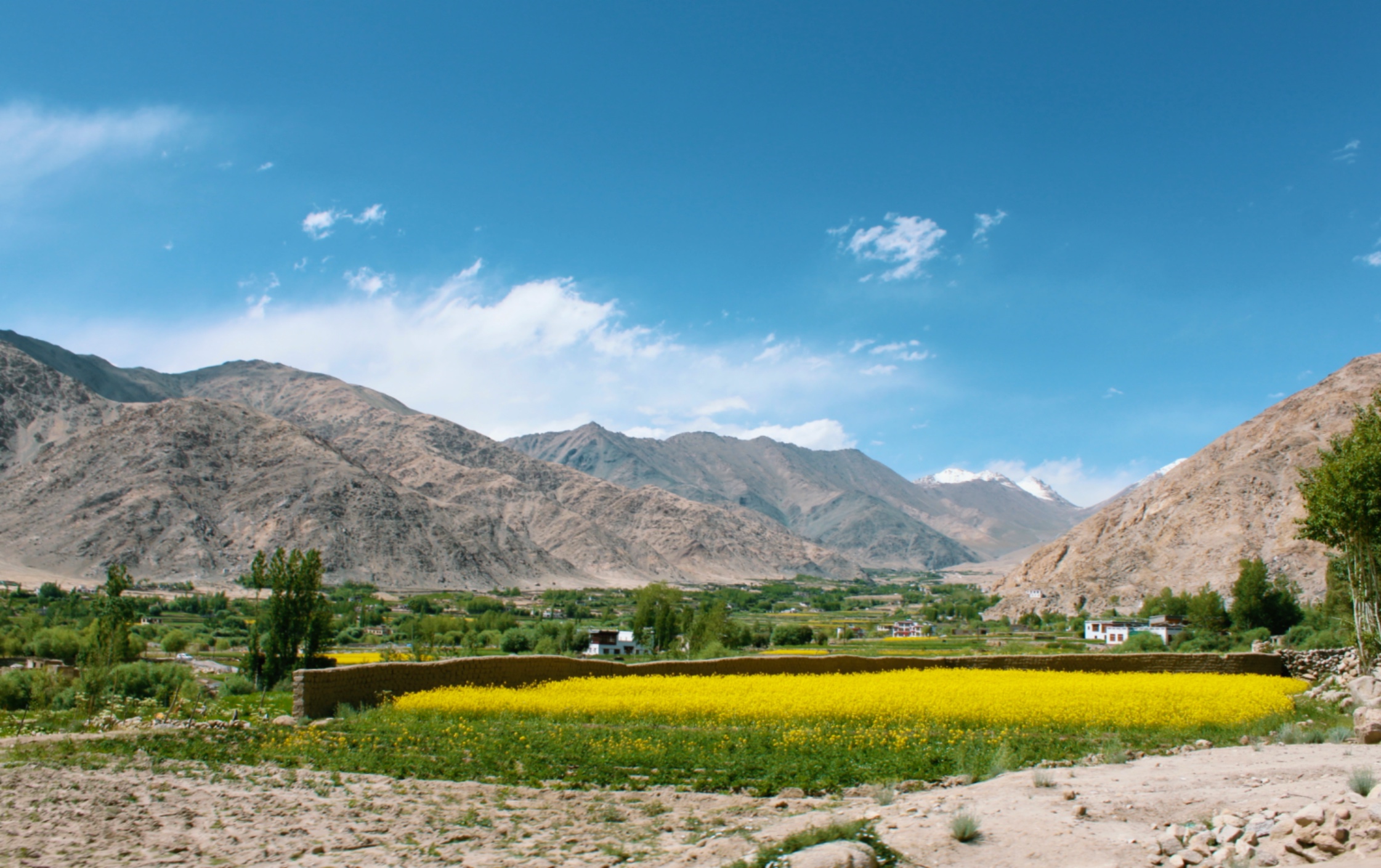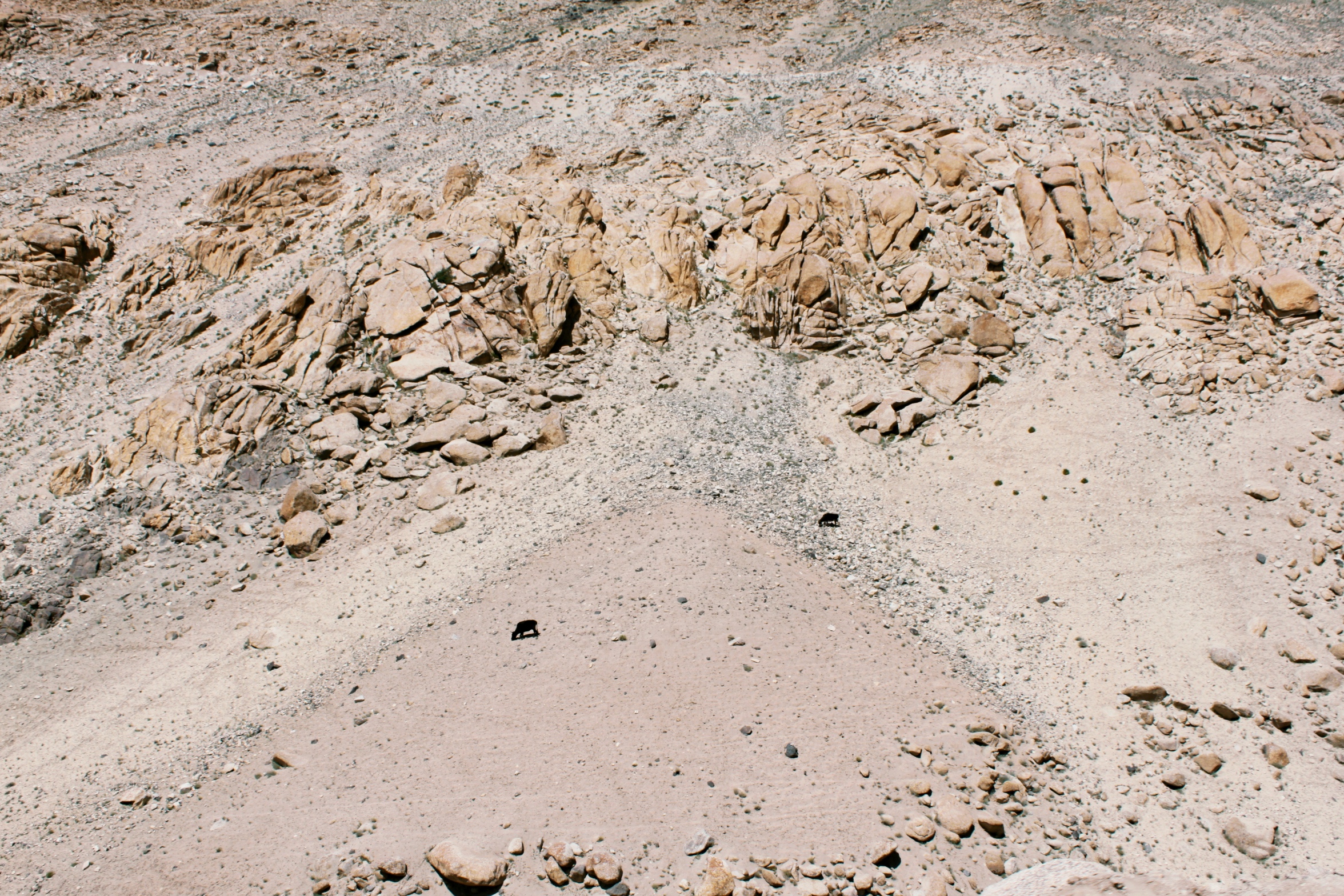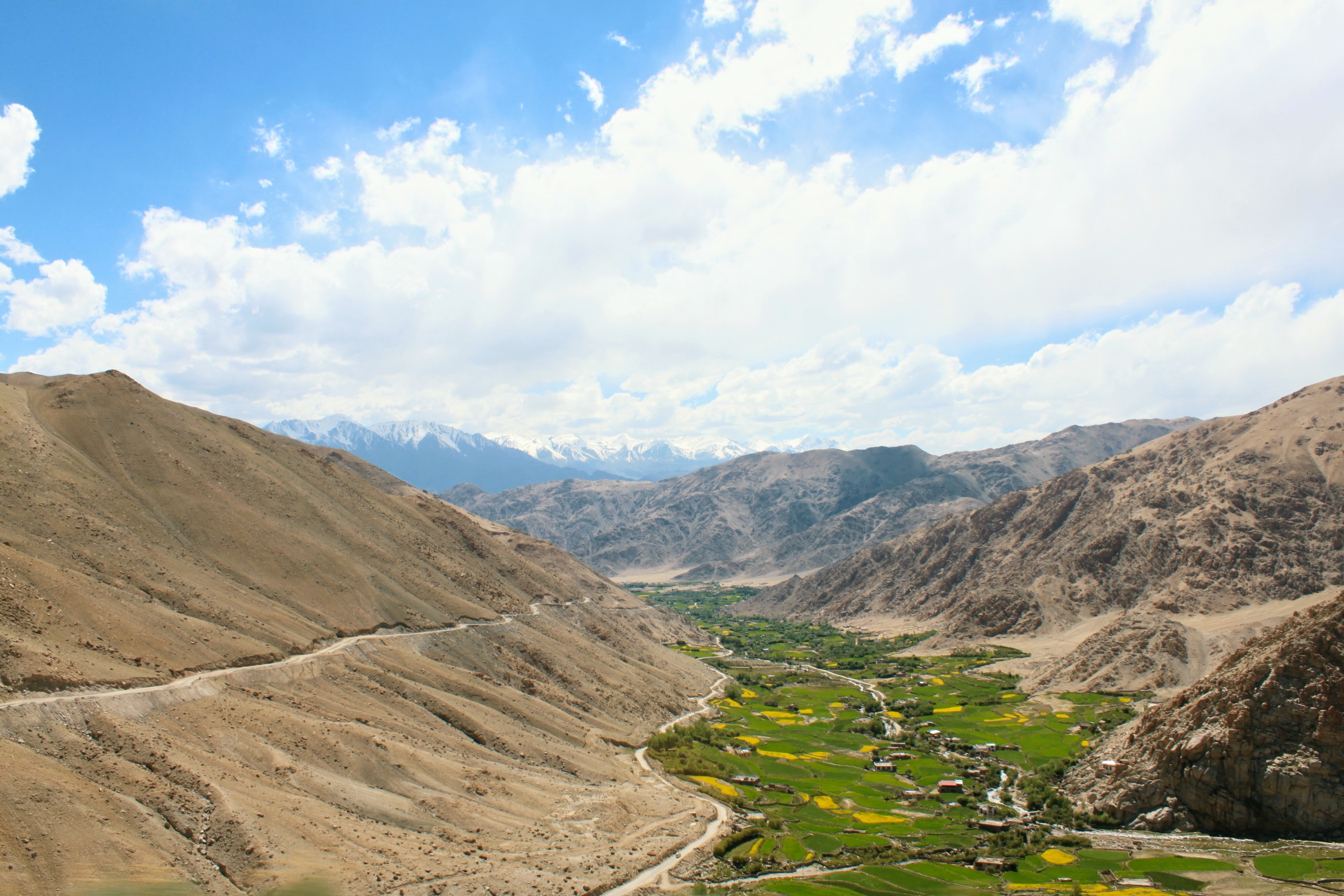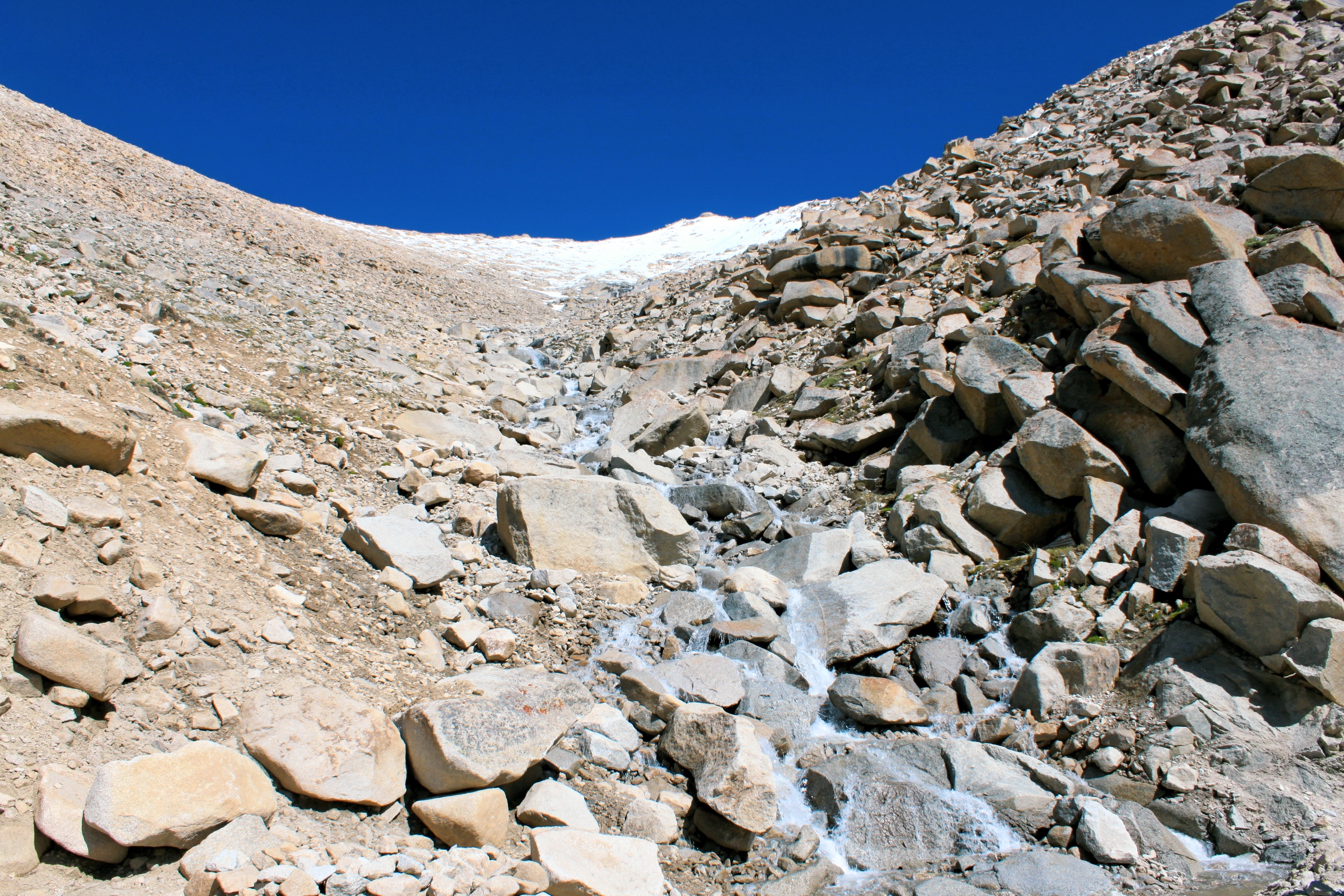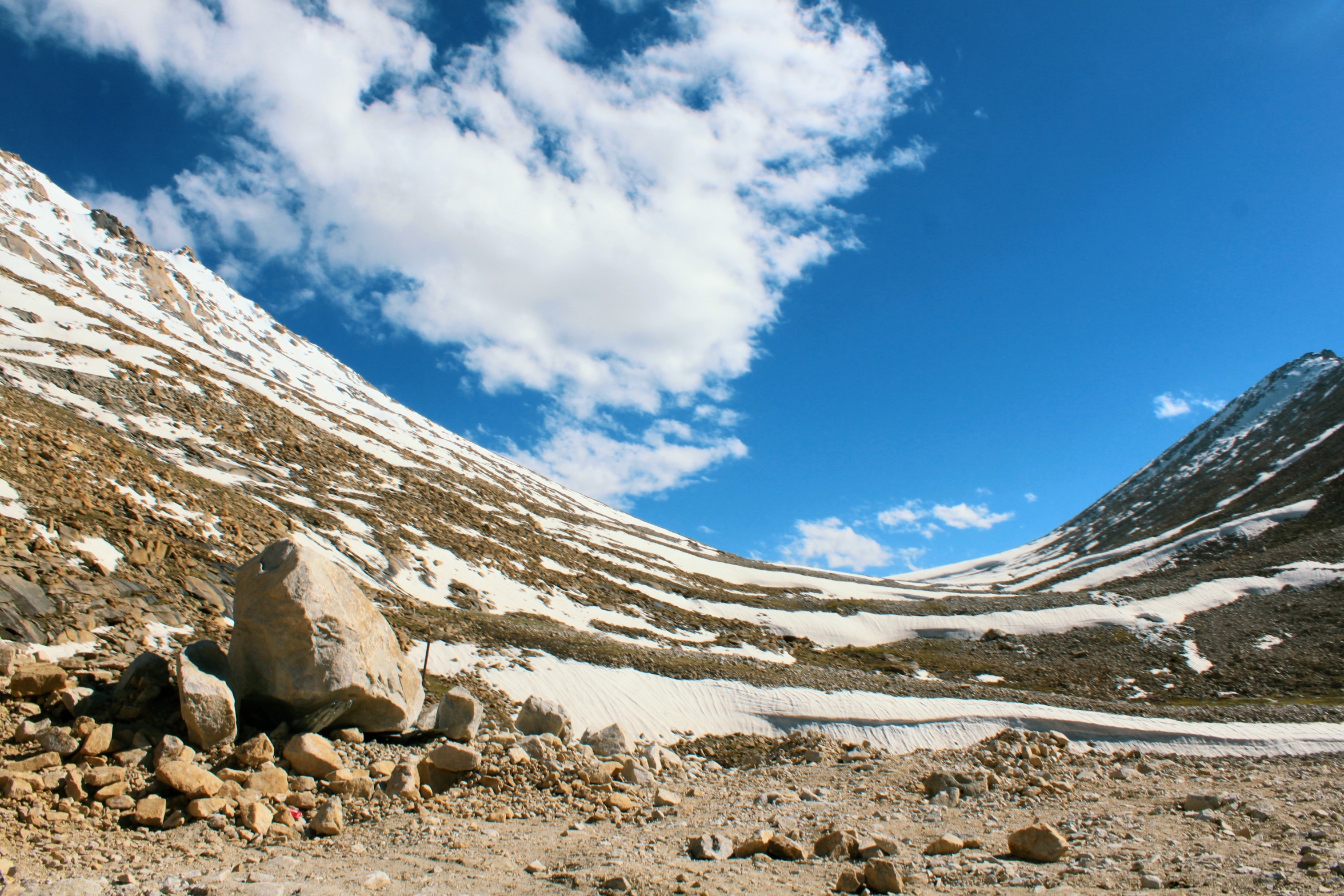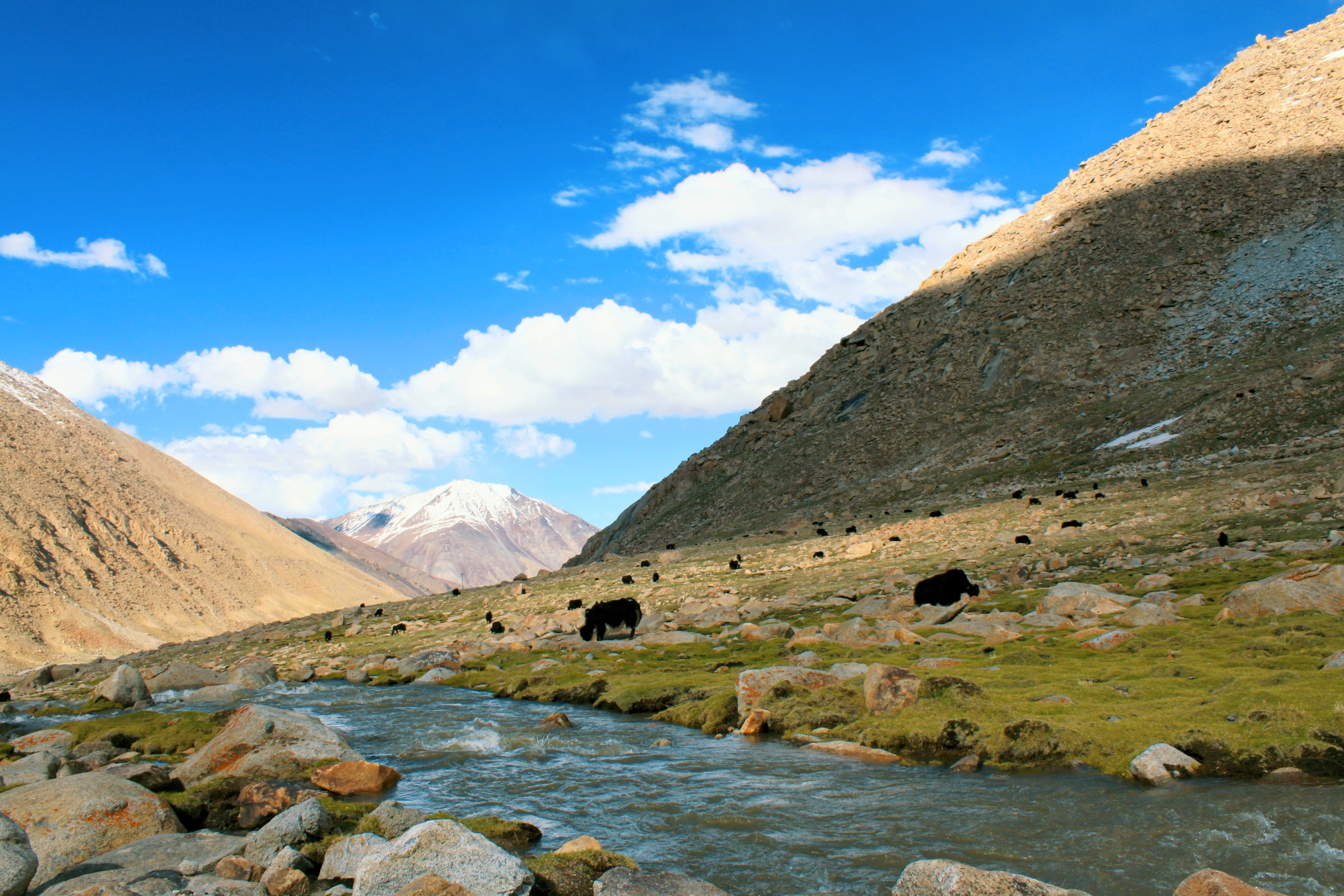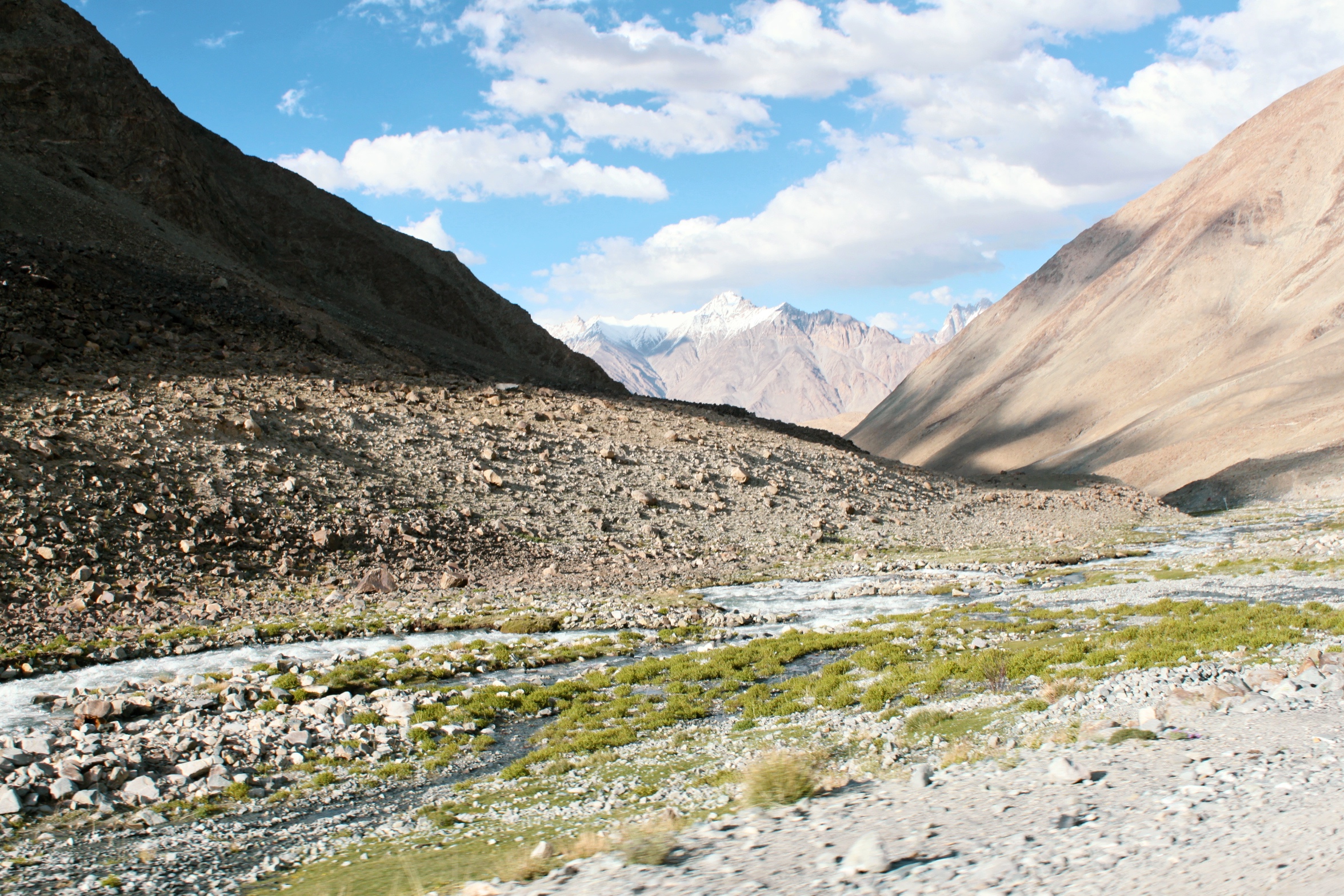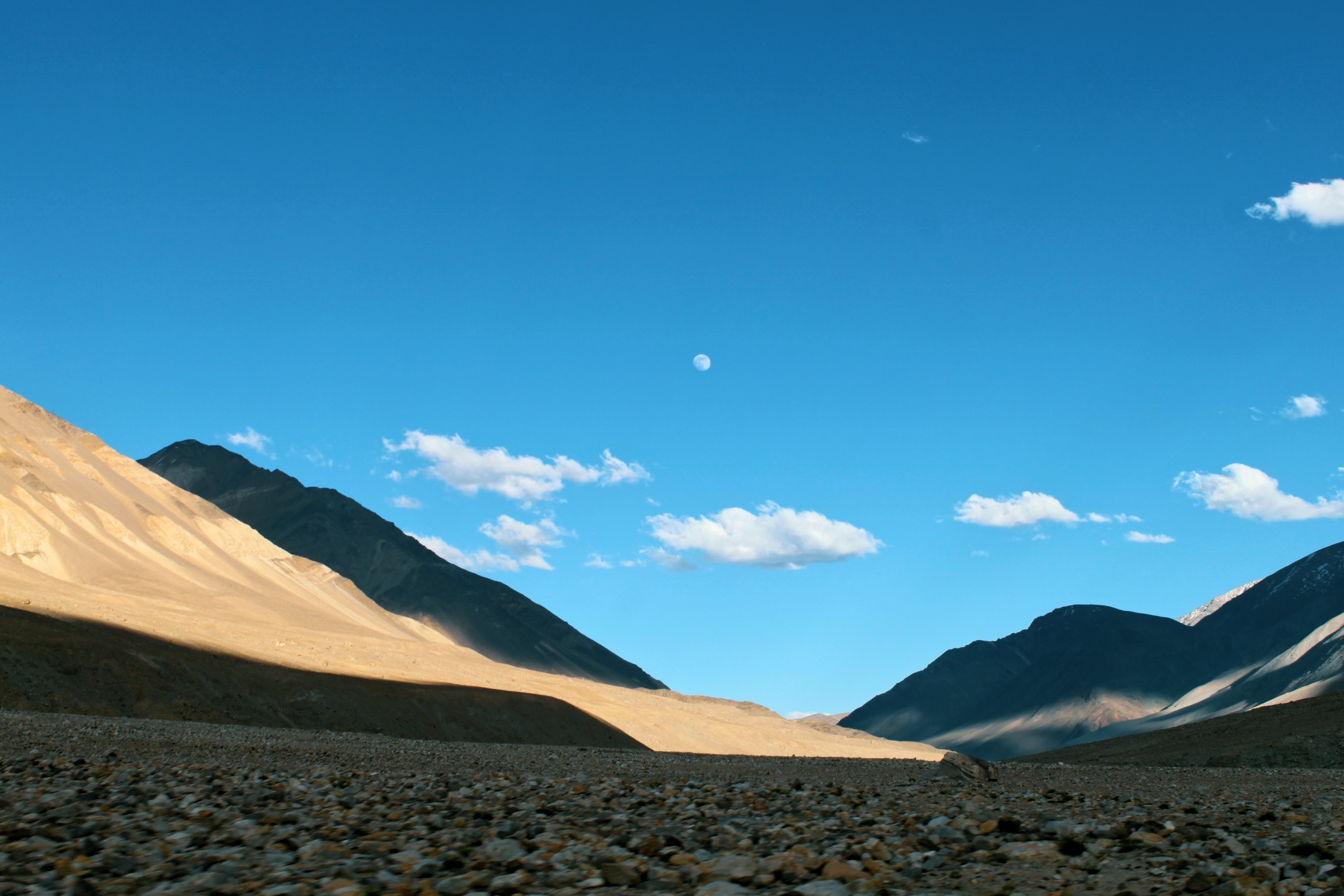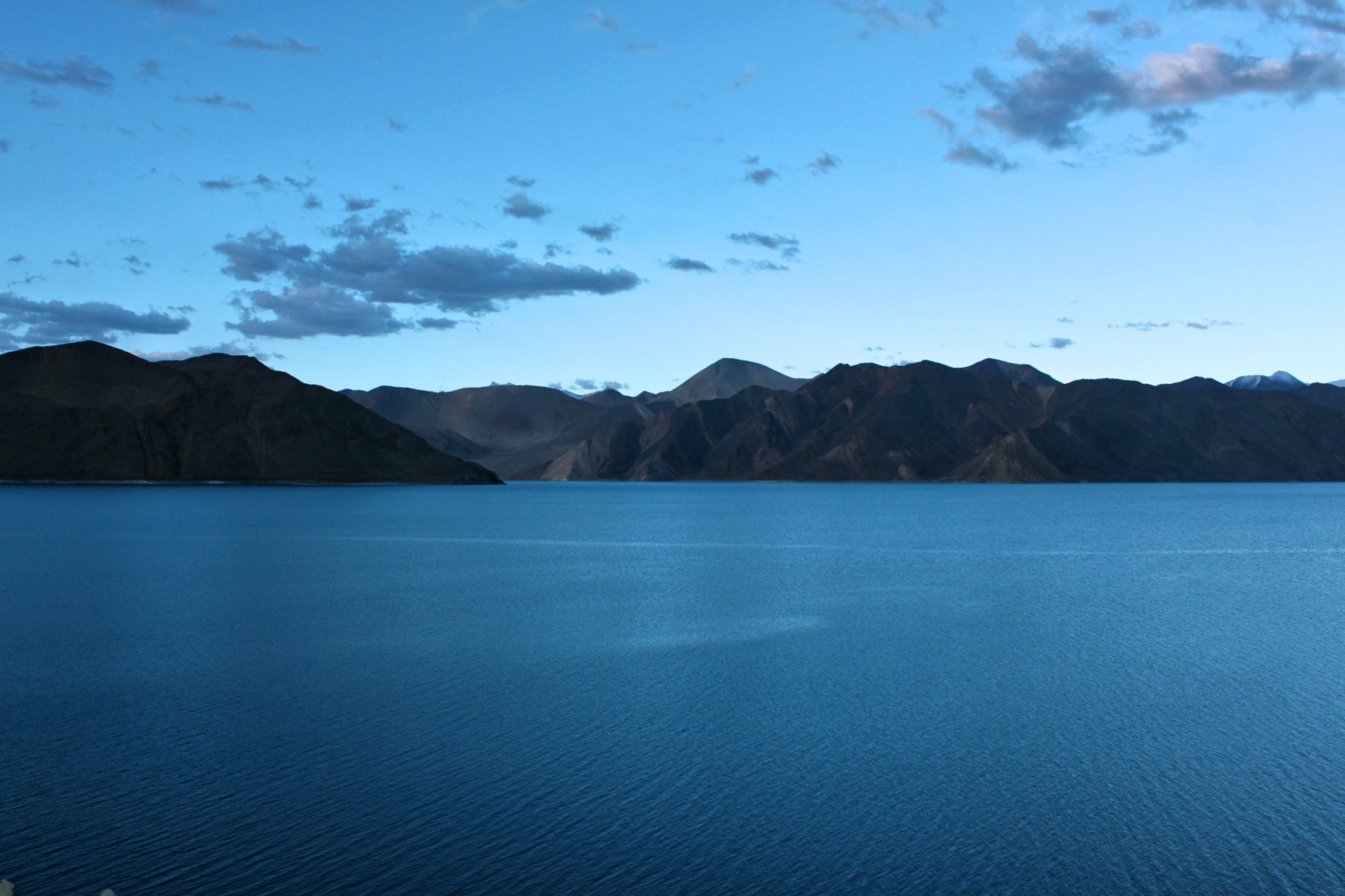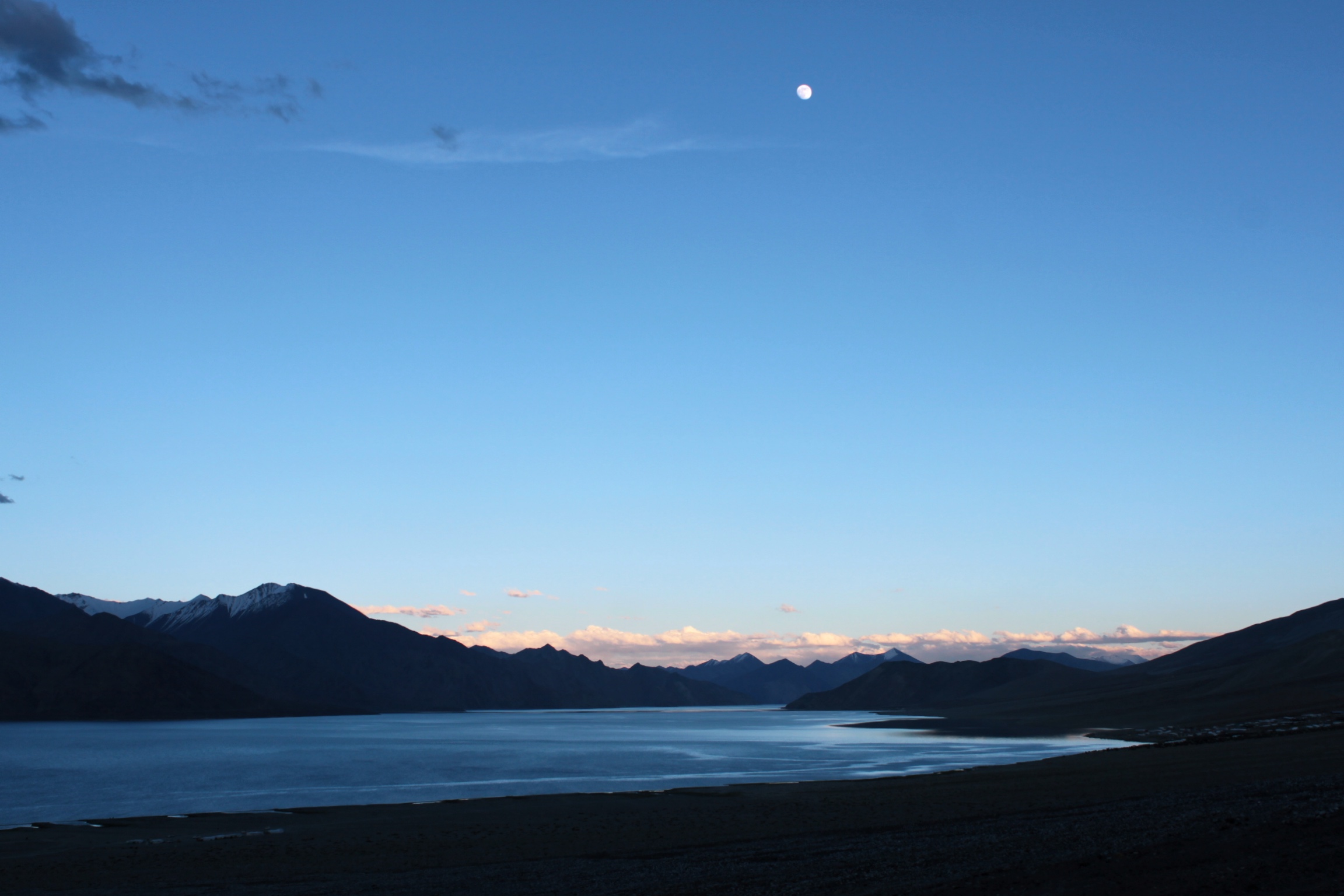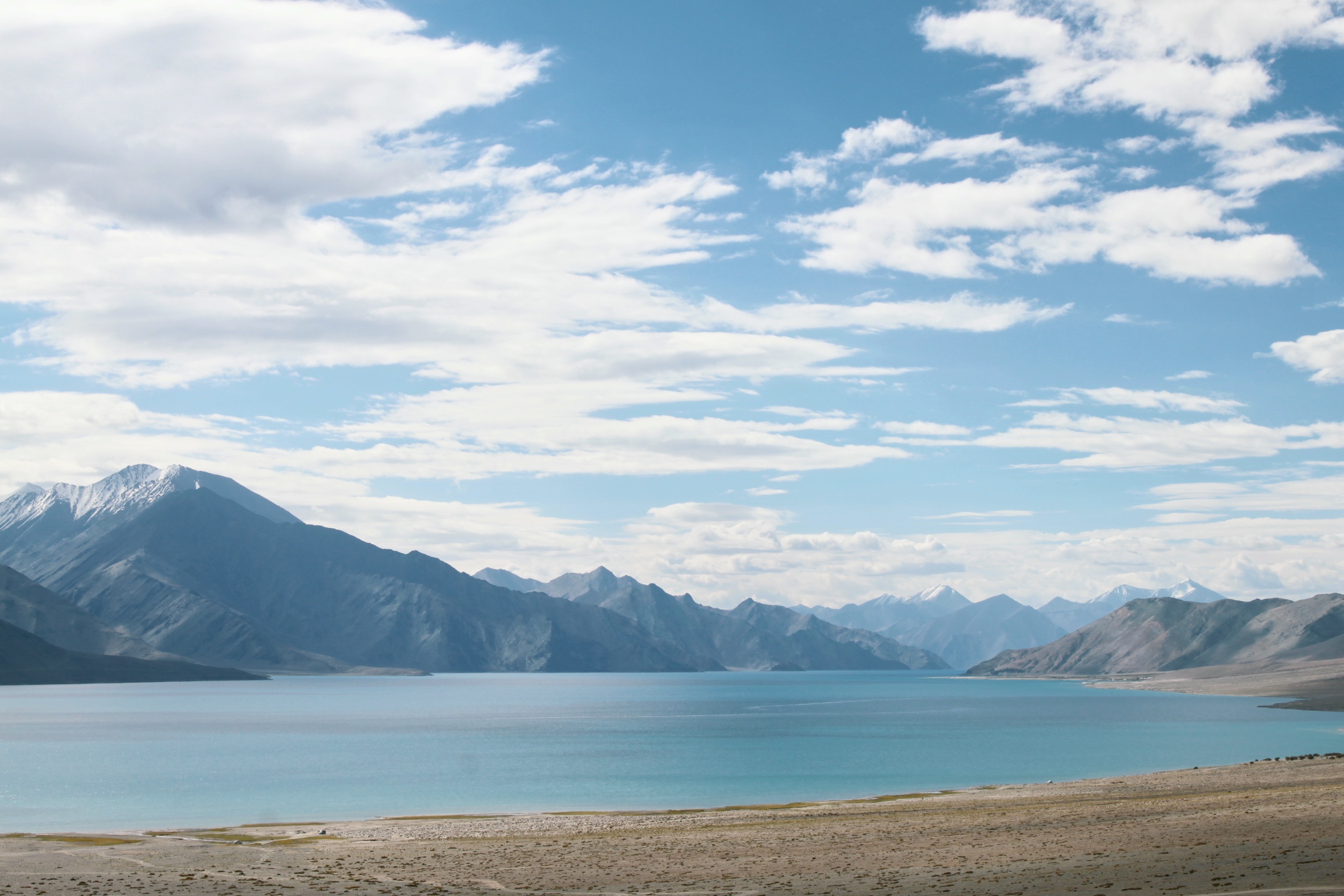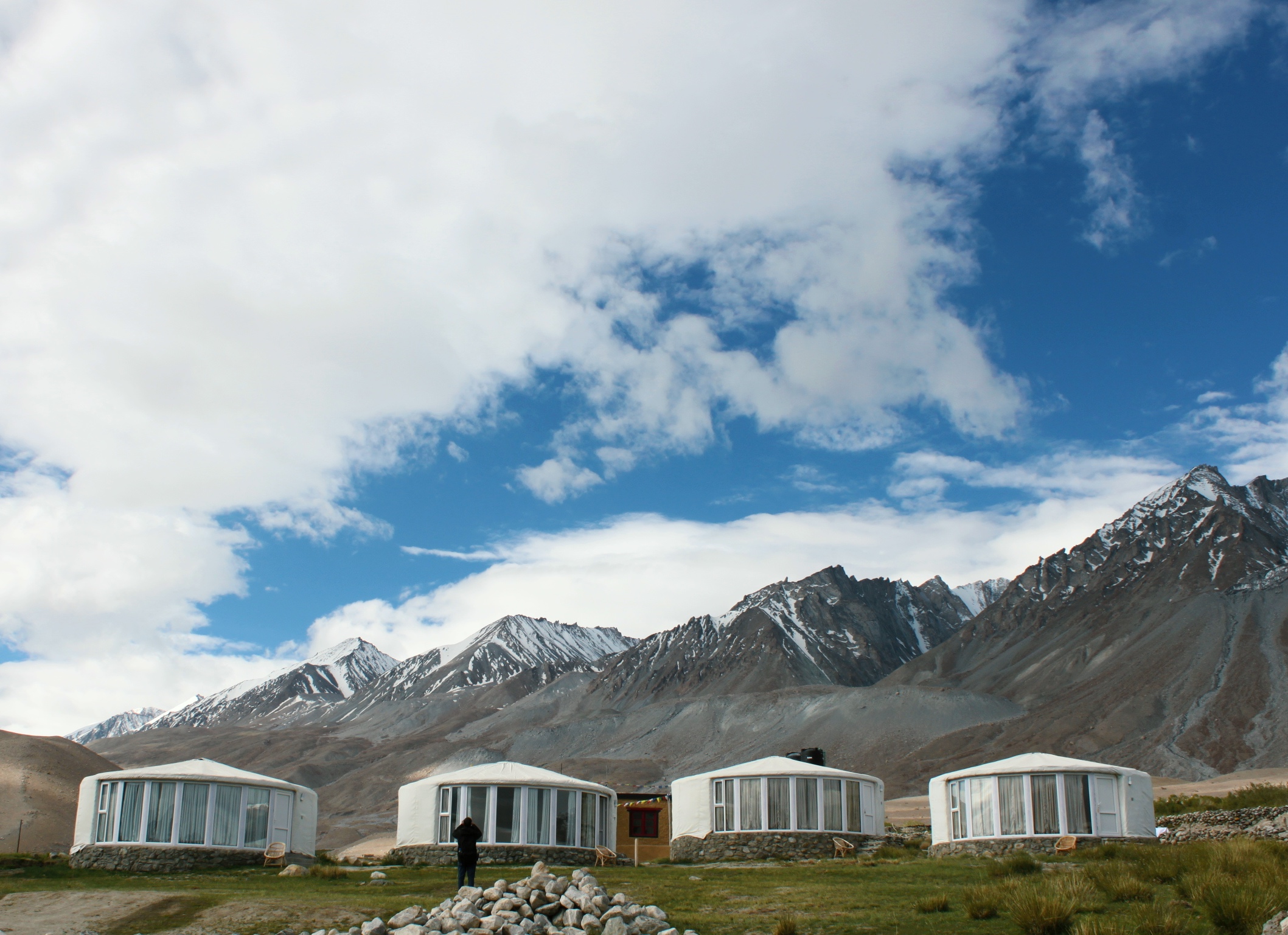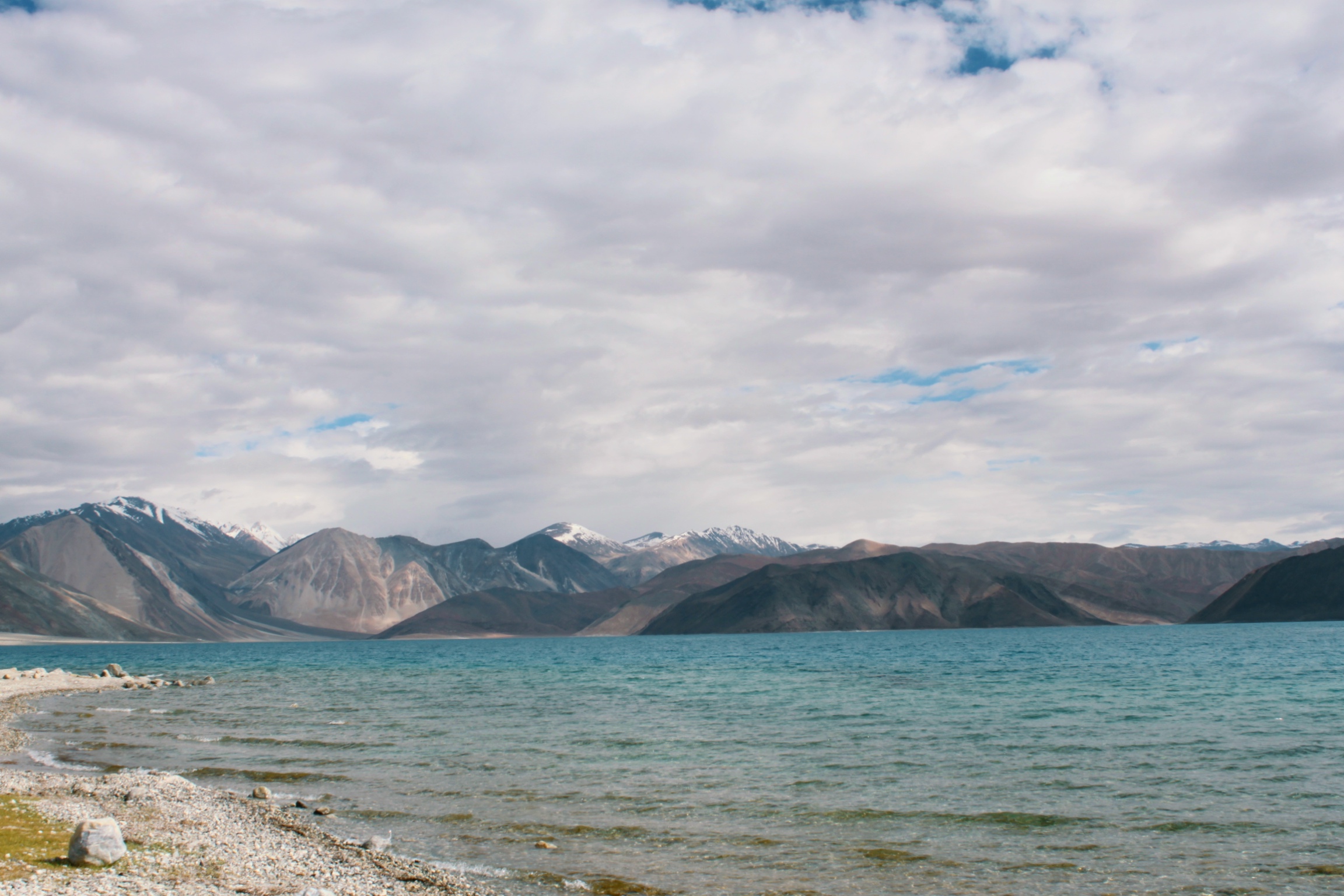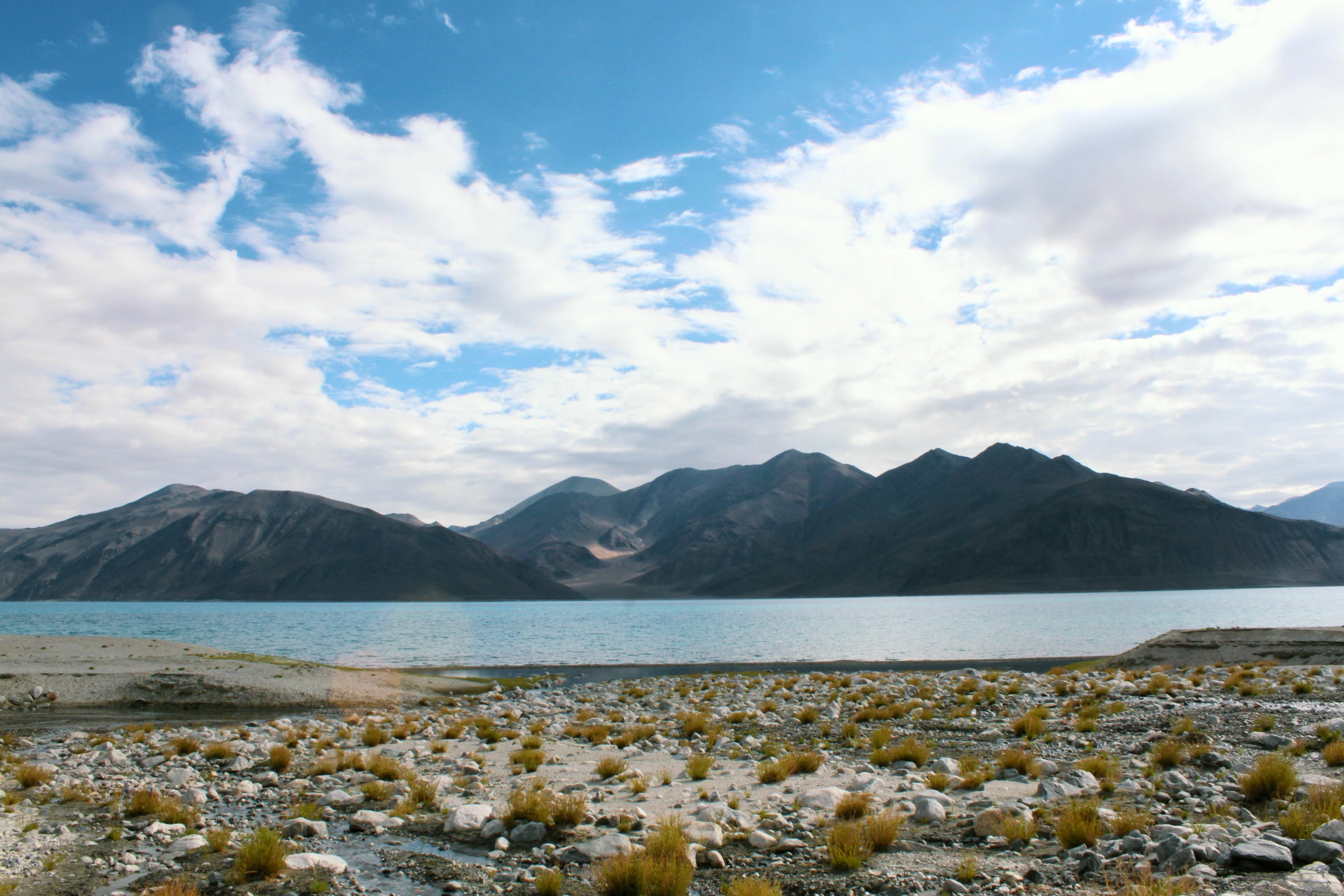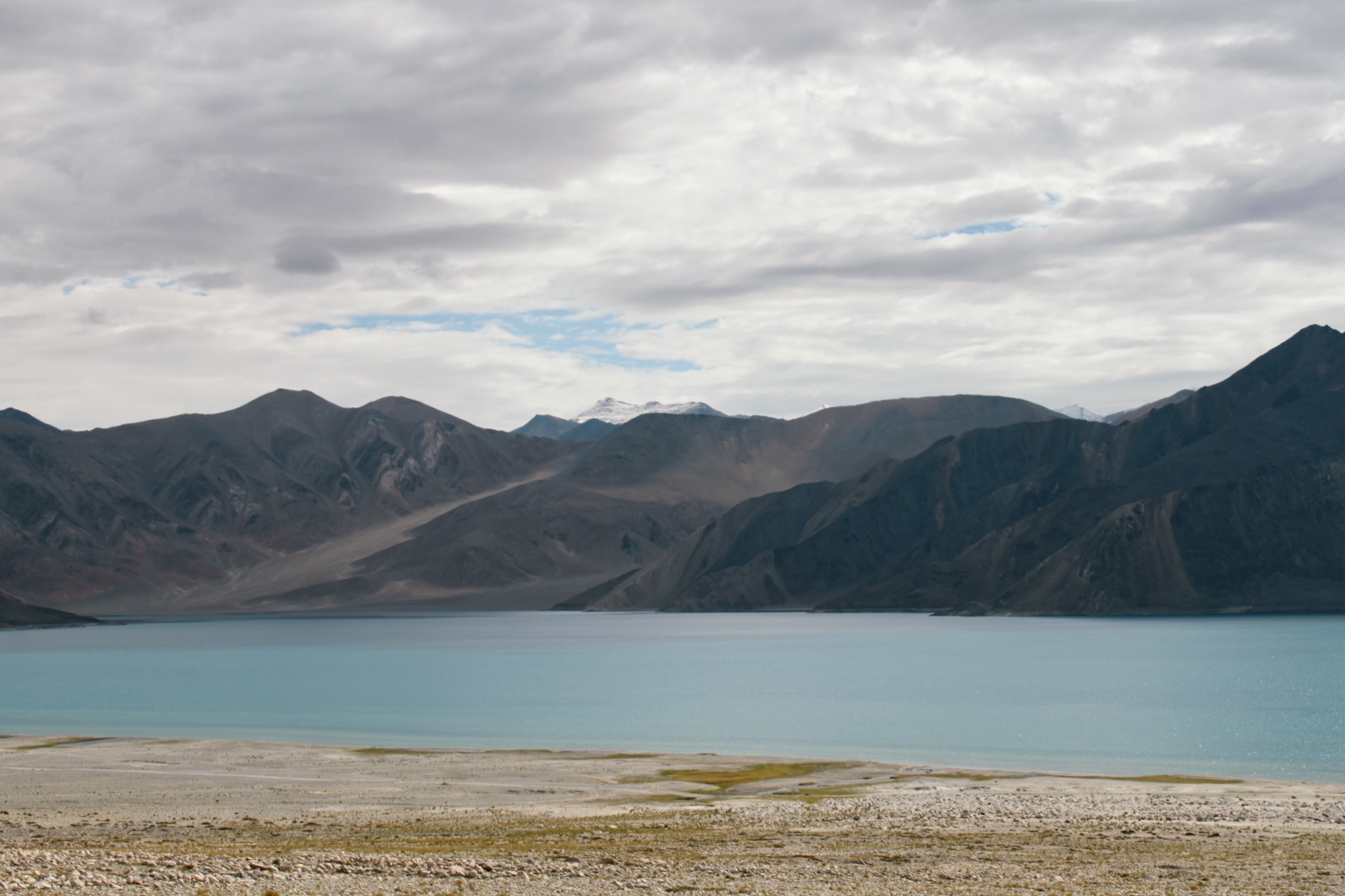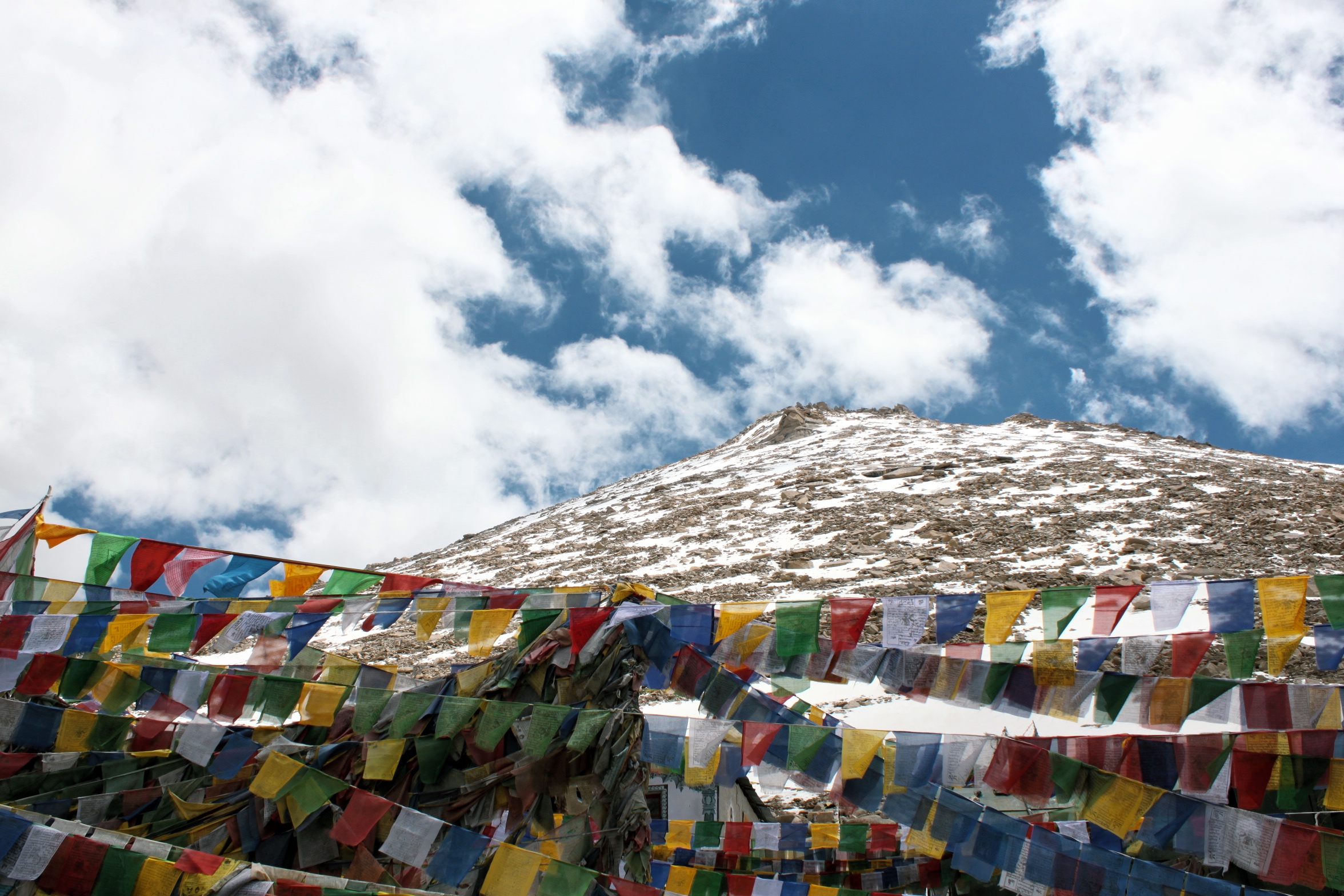The first time I met someone who had visited Leh-Ladakh was a few years ago at the Hut in Taiwan. He was a tea brother, and during an afternoon of swapping stories about how our lives brought us to this humble abode, he began to speak about his many travels throughout Northern India and the colourful array of fond experiences he had collected. As he reminisced, smiling to himself, I noticed I was beginning to feel a longing inside of me. As an Indian I have not navigated around that much of India, and in the last few years it was becoming more and more apparent that I was meeting people from all over the world who had seen a significant amount more of my home country than I had. I realised I had been taking the motherland for granted, assuming I could just go whenever I pleased and that other places were more desirable to explore. Clearly this was no longer true, and although I am deeply connected to my roots in many other ways, I now knew that my travels had to take precedent on learning more about the land of my ancestors.
I had first seen the snow-brushed mountains of Leh as the backdrops of Indian films while growing up, and had read all about Himalayan treks through Ladakh in Nat Geo during my late teens. It was definitely on the list, but little did I know I would finally make the trip for my honeymoon in July. We had a limited number of days, (which did not permit for any trekking), but were able cover the majority of the 'must-see's', and I know I will be back to become better acquainted with some of Ladakh’s serrated peaks soon. For now, here is the overview of the 5 days/6 nights we covered plus additional stops that you may add on to your own itinerary.
Recommended Duration: 7 days
Time to Visit: June-Oct
Tour Guide & Driver: Yama Treks by Rinchen Namgial / www.yamatreks.com
Day 1 / ACCLIMATE
After spending an overnight in Delhi, we took an early morning flight to Leh. The first day is for acclimation purposes as most places in Leh begin from 10,000 ft above sea level. It is important to keep hydrated and avoid strenuous activities to allow the body to rest and adjust to the higher altitude. We checked into our hotel and napped until afternoon. At around 5 p.m we met up with Rinchen, our guide director, and visited Shanti Stupa (about 5-7 minute drive from the hotel).
STAY: THE DRUK HOTEL (Luxury Level 4*)
SEE: SHANTI STUPA
TIP: In hindsight I would suggest 1-2 days for acclimation (less time would be required if you drive to Leh). Most people recommend taking Diamox tablets starting from the night before the flight. I normally do not take any western medicine however I was unsure about how my body would react to the higher altitudes in the short period of time we had to acclimate. I tried two doses before I stopped completely as they made my stomach very queasy. More acclimation info can be found here.
Day 2 / NUBRA VALLEY
After breakfast we began our drive to Nubra Valley (around 5-6 hours) through Khardungla Pass - the Highest Motorable Pass in the World* at 18,379 ft above sea level. Diskit is the capital and His Holiness the Dalai Lama often stays at Diskit Gompa. You need a permit to visit which your tour operator can arrange prior in Leh City. The continuously changing landscapes of varied ancient rock make it difficult not to stop and take photos at every mile. The ascent is a slow reveal of white majestic giants whilst an oasis of green lingers in the valleys below. Deeper in, the harsh purple-hued mountains contrast the soft dunes of the cold desert (home to double-humped Bactrian camels) while the heavily glaciated peaks and troughs of the Karakoram Range frame all directions as far as the eyes can see. Although Nubra Valley can feel slightly on the commercial side there are many opportunities for walking and hiking and long drives around the vast rocky guardians.
STAY: At HUNDER VALLEY or DISKIT (30 minutes away from each other)
Recommendations: Hotel Grand Nubra / Nubra EcolodgeEXTENTION TRIP: VISIT YARAB TSO & HOTSPRINGS in SUMUR
TIP: *It was during the drive down from the peak of Khardungla Pass where I realised how important acclimation time is. I found myself deeply breathing and feeling dizzy during the descent. A short lay and an aqua-hydration mix solved my discomfort however taking adequate rest upon arrival would have been the better option.
Day 3 / DISKIT GOMPA + MAITREYA BUDDHA (Return & Overnight in Leh City)
An enchanting dagger of steep rocky stairs and boxes of Tibetan-laced buildings picturesquely piling on top of one another, leads to Diskit Gompa. Built between the 14th-17th century, His Holiness the Dalai Lama often resides and offers teachings here when he visits Leh. In front of the Gompa and the main road, a 32m large Maitreya Buddha Statue (Giant Chamba Statue) has been inaugurated by His Holiness the Dalai Lama in 2010. The statue faces down the Shyok River towards Pakistan (deliberately so, as this is where 'greater relations of peace are required'). After visiting the Gompa and Statue we made our way back to Leh City for lunch then visited the local markets.
STAY: GRAND DRAGON LADAKH (Luxury Level 5*)
EXTENSION TRIP: Upon returning to Leh City, visit Spit monastery, then drive to visit Sangam for sunset (confluence of Indus & Zanskar Rivers), en-route visit the Gurudwara Pathar Sahib & Magnetic Point.
TIP: Wake up early and attend the daily morning prayers at Diskit Gompa.
Day 4 / THE 82nd BIRTHDAY OF HIS HOLINESS THE DALAI LAMA
Initially when I was thinking about our honeymoon trip, I planned to visit Dharamsala to attend some of His Holiness The Dalai Lama's teachings. It just so happened that he was going to be in Leh on the same dates we were there to celebrate his 82nd Birthday on the 6th July with a long-life offering ceremony at Shewatsel Teaching Ground. Over 10,000 followers attended and sermons were given on ethics, non-violence, peace and religious harmony.
After the ceremony, we began our 5-6 hour drive to Pangong Tso. The journey is scenically magnificent with green acres of valleys, mustard fields, horse meadows, wild yaks, glacier caps and streams to distract from the otherwise bumpy drive. There are many camps set-up at the banks of the 150km Lake (of which two-thirds are in China) and although our stop was another hour inwards from the start of the lake it was completely worth it. Here in the middle of nowhere propped against the backdrop of snow-capped mountains and the deep blue shoreline were 8 private yurts known as Ladakh Sarai with a private dining hall and some of the most incredible food.
STAY: LADAKH SARAI YURTS ·-HIGHLY RECOMMENDED-
Day 5 / PANGONG TSO + THISKEY GOMPA (Return & Overnight in Leh City)
We awoke at 5:30 am to catch the sunrise and have morning Tea by the lake. Breakfast was in the dining hall - and I definitely recommend asking the chef to cook up some Upma (South-Indian semolina dish). Taking in the lake during the day as the sun was beginning to come up was breathtaking. The depth and density of the infinite hues of turquoise varied around each bend. Aside from a few flower patches there is a complete lack of habitation across the entire stretch which makes the vastness even more striking. Reflections of the mountains remind me of ancient calligraphy paintings whilst a sense of awe and mystery surrounds the water that extends further East than is visible. We began our drive back through Chamba Pass (17,590 ft above sea level) and after a few hours reached Thiskey Gompa before our last and final arrival back to Leh City.
STAY: GRAND DRAGON LADAKH (Luxury Level 5*)
EXTENSION TRIP: En-route to Leh City, you may also visit HEMIS GOMPA, famously known as one of the most beautiful monasteries in Leh.
OVERALL TIPS:
- Take time to acclimate.
- There is very poor wifi and connection in Leh (even in the hotels), so getting a sim card is unnecessary.
- Bargain at the markets and know that things get bought very quickly. Often the credit card machines do not work because of the internet connectivity, so cash is necessary.
- Reconfirm your hotel bookings closer to time with a phone call. Do not depend on internet confirmations, especially with camp lodging.
Finally, Leh-Ladakh exudes a refreshing energy of calmness and humility, with kind-hearted people and nature at her best. It is truly a place unlike any other so have an amazing trip and if you have any questions please get in touch!
